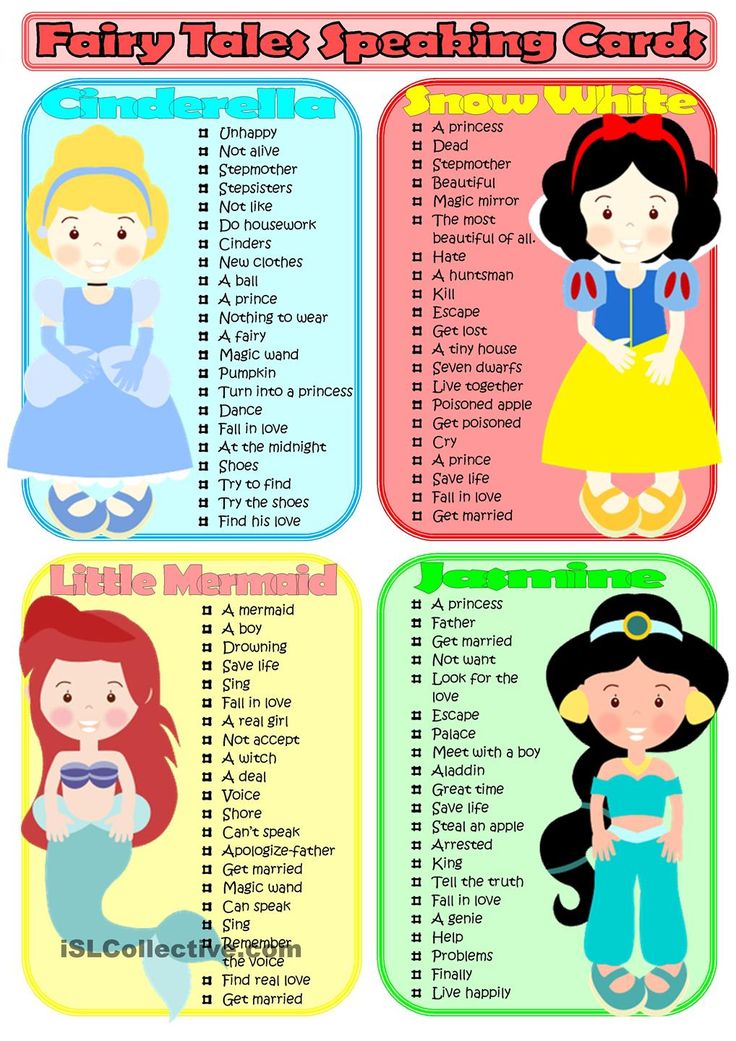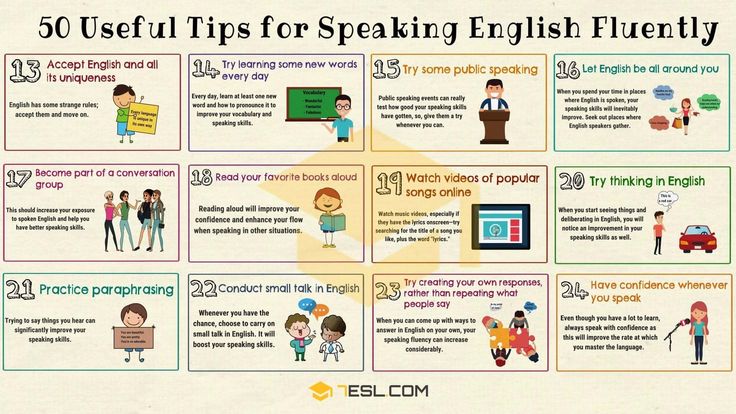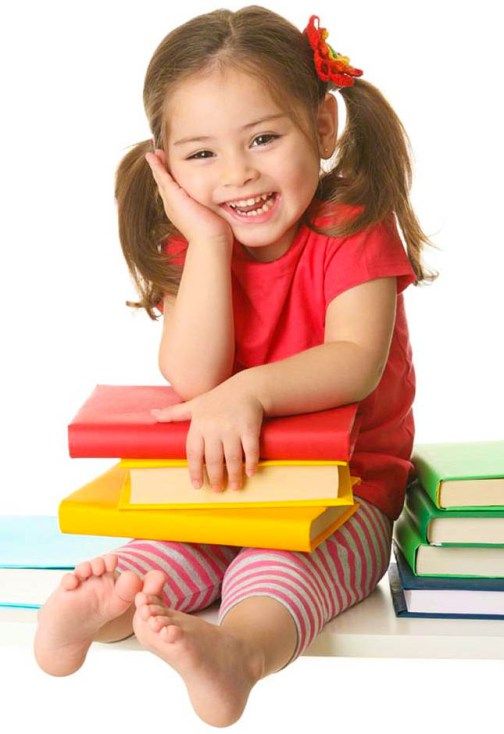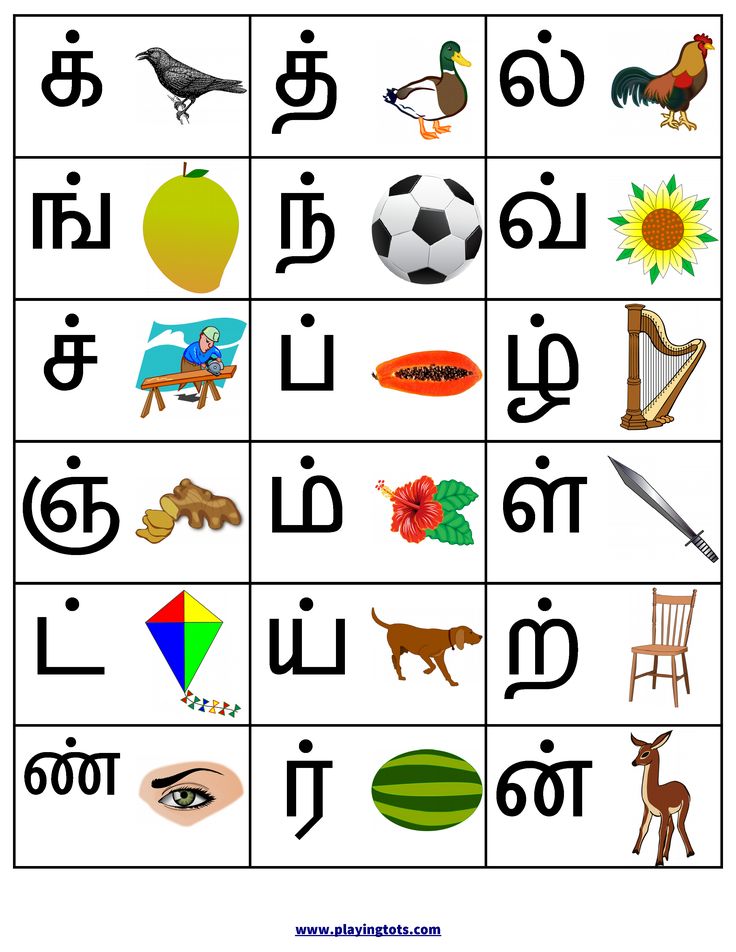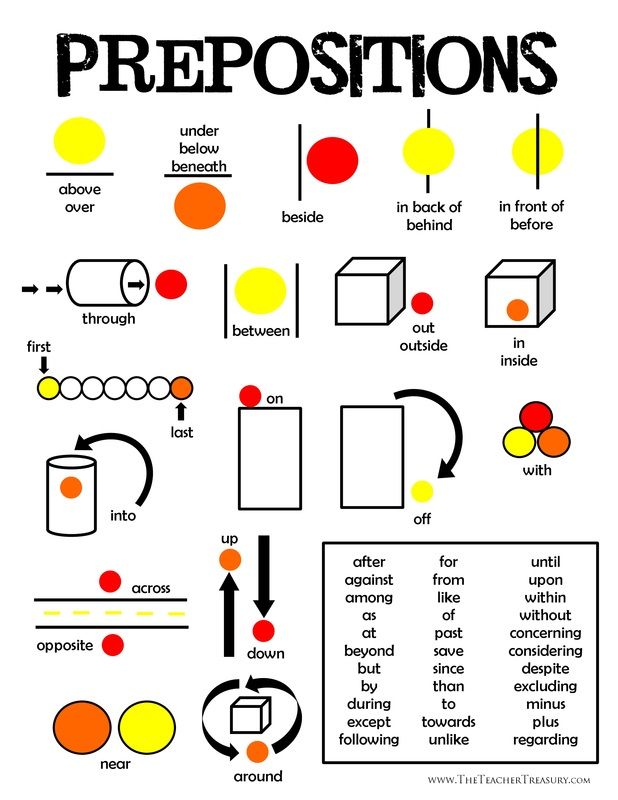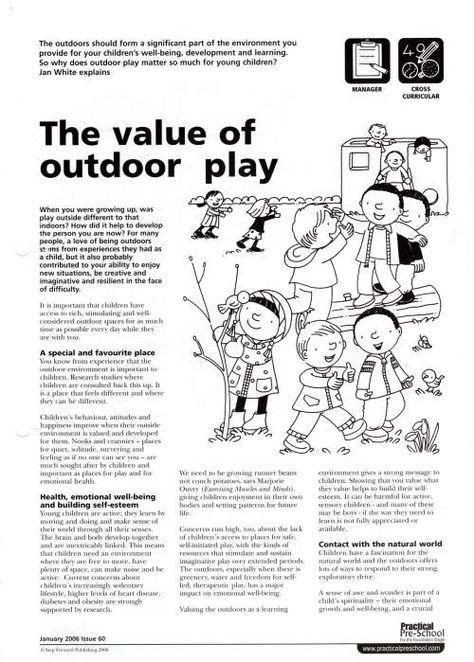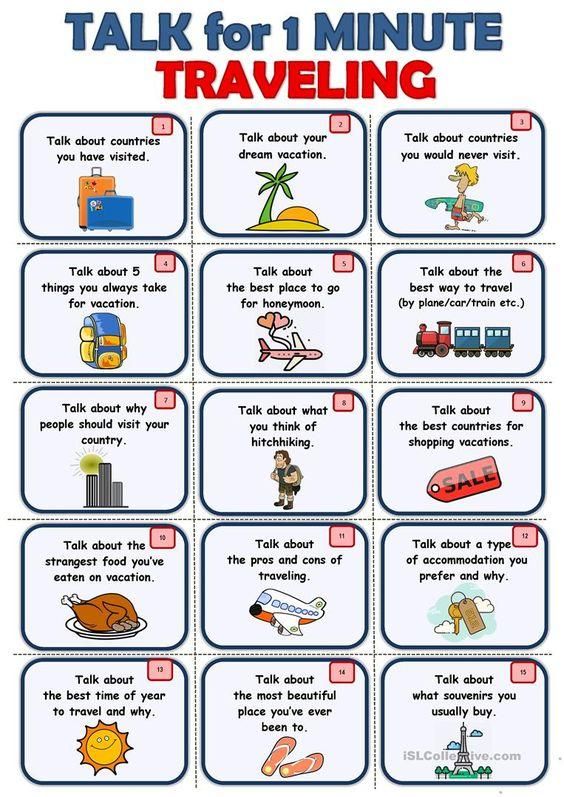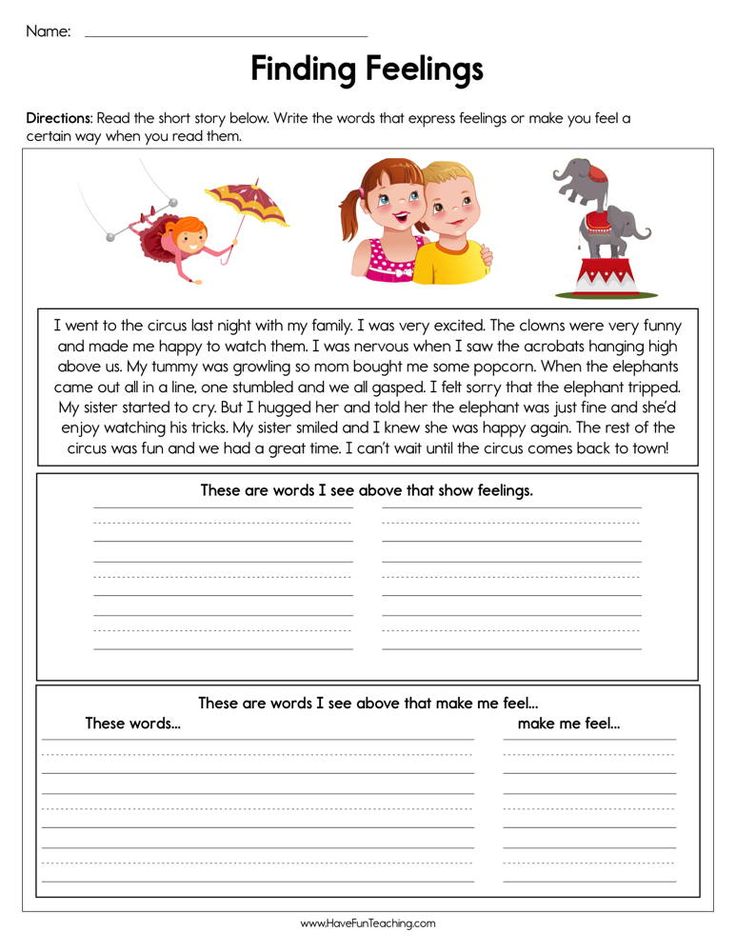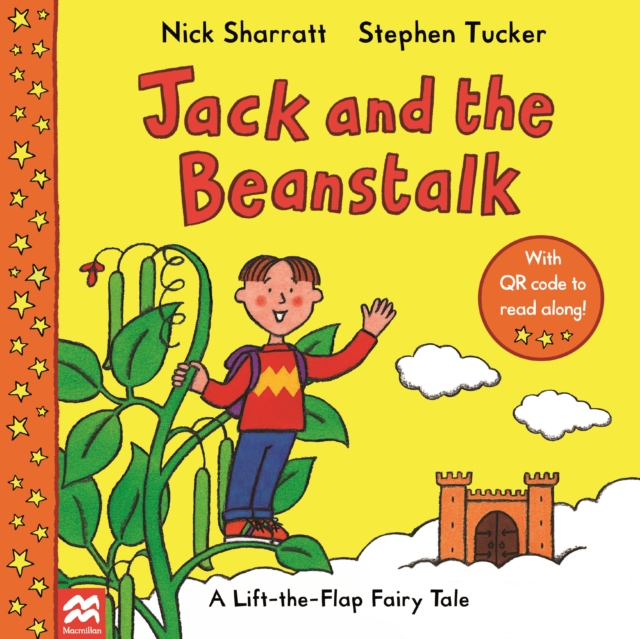Reading readiness programme
Top Skills For Kids To Master
Every day you watch your child get a little bit more capable and a little bit more interested in exploring reading. But you may find yourself wondering whether or not it’s the “right” time to begin working on reading readiness.
We’re here to explain what reading readiness is and let you know what to look for and how you can help your child get excited about their reading journey!
What Is Reading Readiness?
Reading readiness is defined by two unique parts.
First, reading readiness refers to the stage of development when your child is ready to begin learning how to read. This stage will come at different times for different kids.
Your child may be ready to learn to read by age four or five. It’s just as likely that they’ll take a bit longer and feel ready around age six or seven. There’s no rush!
The second part of reading readiness involves the time it takes someone to evolve from a non-reader to a reader. Think of it as how long it takes your child to get from point A (learning about texts and books for the first time) to point B (reading fluently on their own).
Measuring your child’s reading readiness is not meant to be a race. The length of time it takes them to graduate from a non-reader to a reader isn’t scored.
It’s only a matter of understanding their level of readiness so you can help them on their way!
Reading Readiness Vs. Emergent Literacy
You may hear reading readiness linked with emergent literacy. Although they’re not quite the same thing, there is a bit of overlap and the two terms are not mutually exclusive.
While reading readiness focuses on specific pre-reading skills, emergent literacy is what we think of as a child’s increasing interest in learning about letters, books, and words. You usually won’t have one without the other!
Additionally, reading readiness encompasses more than just pre-reading literacy skills. It includes emotional, physical, and cognitive development as well. It’s a holistic consideration of your child’s preparedness for a lifelong love of reading!
Why Is Reading Readiness Important?
Early exposure to reading is highly correlated with a child’s ability to read well in the future.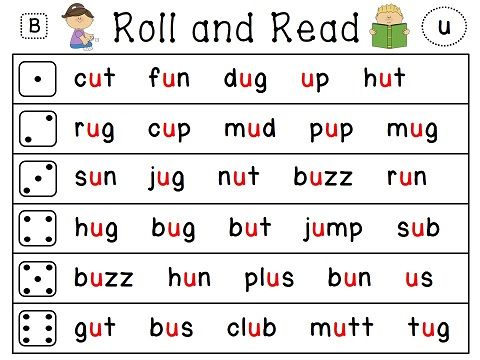 By forming early experiences with books and positive feelings (that’s where you come in!), your child may discover a love of reading.
By forming early experiences with books and positive feelings (that’s where you come in!), your child may discover a love of reading.
Beyond forming a positive relationship with reading, reading readiness also advances social, emotional, physical, and cognitive development.
You can see those skills develop when children learn:
- How to share and take turns while reading
- To understand their role in the world and how stories might relate to them
- How to support their bodies when reading
- To refine fine motor skills used in writing and page-turning
- How to distinguish between letters, shapes, and sounds
Reading readiness is about reading, but it’s also about so much more! That’s what makes it an important part of your child’s learning adventure.
Indicators Of Reading Readiness
These six indicators will help you determine the extent of your child’s reading readiness.
A Desire To Read
Your child is interested in listening to stories and books.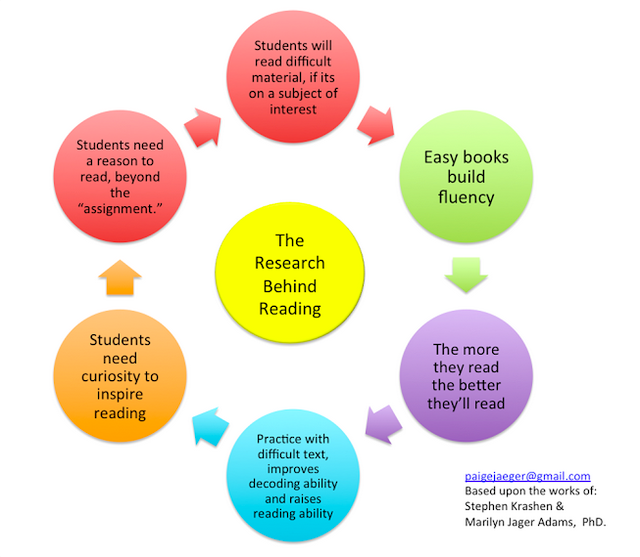 They may ask you to read to them at any point in the day, whether it’s a book, a sign, or a poster they saw on the street.
They may ask you to read to them at any point in the day, whether it’s a book, a sign, or a poster they saw on the street.
They may also make up stories of their own or enthusiastically recount the events of a school day during dinner.
While reading together, they may want to take turns with you and pretend to read a page. They may also memorize the favorite parts of different stories and “read” them with you.
Print And Book Awareness
Print and book awareness deals with a child’s knowledge of handling written text and books. Markers of print and book awareness include a few different elements.
Your child will understand how to hold books and how to turn pages from right to left. They’ll also understand that when reading, the text moves left to right and top to bottom.
They begin to notice that words are separated by spaces, which helps readers understand the beginning and end of a word. They may also notice that there are special symbols on the page: periods, exclamation points, and question marks.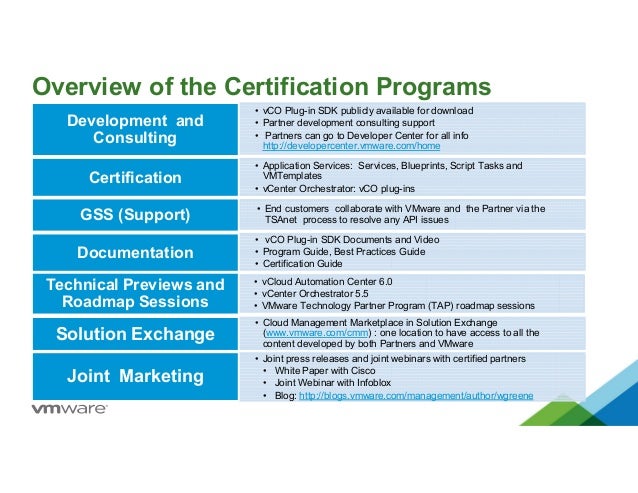
Your child will also understand that text has meaning. Written words have a decipherable pattern that they can learn to read. They can also use clues, like pictures, to understand sentences in a book.
Ideally, your child will also notice print in their environment and might be curious about what these things say.
Ability To Play With Rhyme
To play around with words, your child’s phonics skills should be developed enough to support rhyme and word games.
You can gauge your child’s readiness with this component by playing with them. Singing songs together, playing around with funny rhyme games, and working on their ABCs are all great!
A Firm Grasp On Letter-Sound Correspondence
The relationship between letters and sounds is one your child should be familiar with before launching into the next steps of learning to read. This relationship is what we call letter-sound correspondence.
They will understand that written letters have a matching sound, even if they can’t accurately match them all the time (don’t worry, they’ll get there!).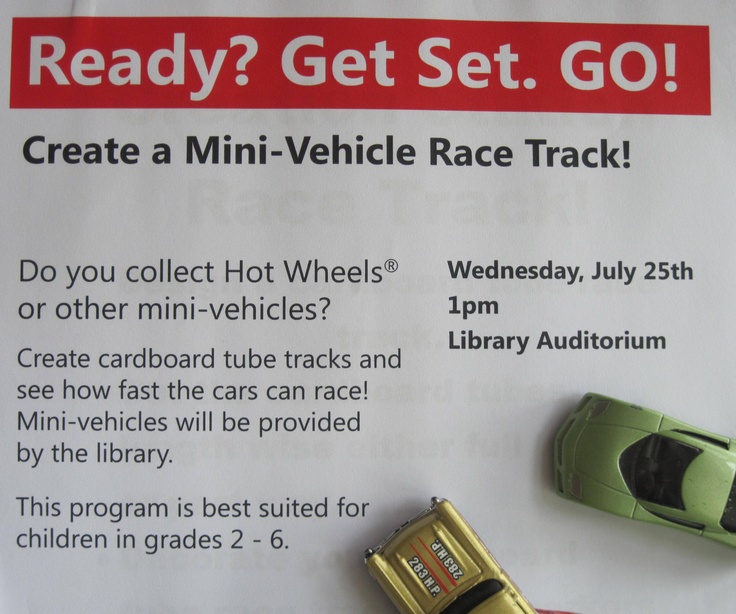 They at least understand the concept of the letter “k,” for example, having an associated sound.
They at least understand the concept of the letter “k,” for example, having an associated sound.
Ability To Retell Stories
After hearing someone tell a story or read a book, your child can talk about the events that happened in the story. They may pinpoint specific characters, feelings, or places — this will give you some insight into which details stuck out to them the most.
Your child might also talk about something they overheard from a classmate or summarize a book they read earlier that day with their teacher.
However it manifests, retelling stories is a great habit for your child to develop and will prepare them for the next step of their reading journey!
Repeating What You Read To Them
Similar to retelling stories, your child will understand how to echo what you read to them. This is an especially effective skill when your child tries to learn new vocabulary.
As your child’s reading readiness skills continue to grow, you can encourage them to echo short sentences back to you.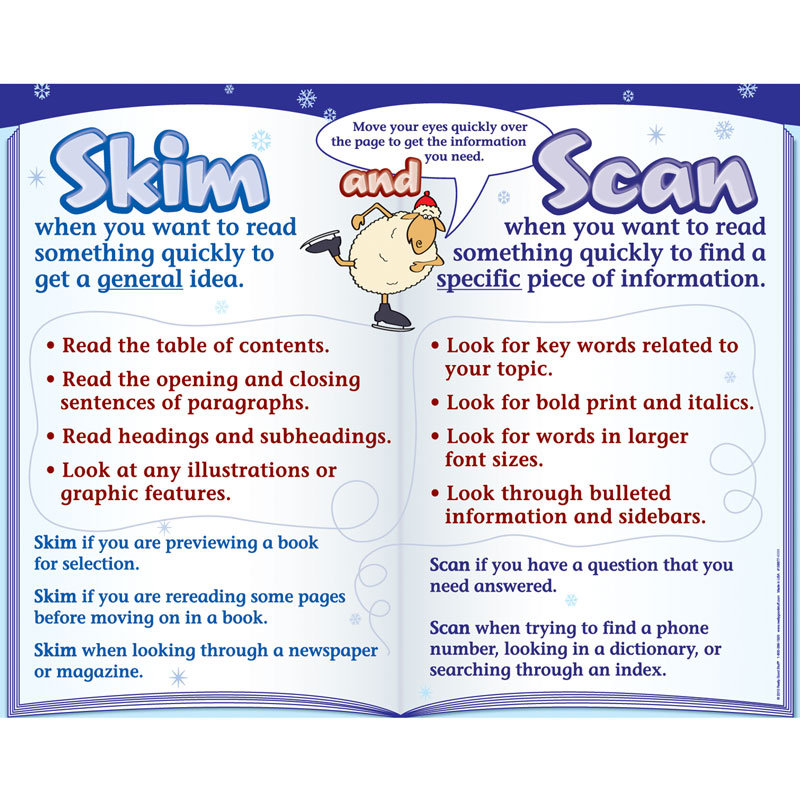 Longer, advanced sentences may be too difficult for them to complete at this point. Keep it simple!
Longer, advanced sentences may be too difficult for them to complete at this point. Keep it simple!
Writing Or Reading Their Name
One of the most exciting skills your child will learn early on in their reading readiness is how to read and write their own name. They’ll be so proud of themselves (and will probably want to write it on everything they own)!
Your child will be able to recognize their name when they read or spot it on an item, like a sheet of paper or a lunch box. They have an idea of how to properly write it as well and can identify at least a couple of correct letters that belong in their name.
For example, if your child’s name is Vivian, they may write out “Vvn” the first few times they give it a go. This is amazing progress! They can identify certain sounds and apply that knowledge to writing their name.
They may also try to write letters in other people’s names or scribble out stories to share their ideas. All of these things demonstrate a developing sense of letter recognition, as well as reading readiness.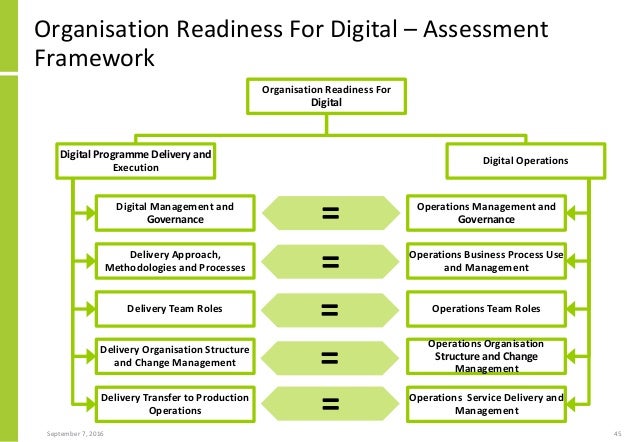
Tips For Engaging Reading Readiness
Keep Pressure Low And Encouragement High
Let your child guide you through their learning journey. Don’t be afraid to let them be the captain of their own ship.
Nurturing an interest in reading is a marathon, not a sprint. It may not happen overnight, and that’s OK! The best way to make reading fun and enticing for your child is by keeping stress levels down.
Cherish your reading time together!
Practice Rhyming
Rhyming engages your child’s phonological awareness, an essential skill under the umbrella of their reading readiness. Plus, we could always use another excuse to have a family-friendly sing-a-long!
Read Aloud To Your Child
Reading aloud to your child is the single most important thing you can do to encourage them to want to read by themselves. It helps them stay engaged, hear what fluent reading sounds like, and understand that reading is fun!
Reading aloud doesn’t always have to happen before bed, either.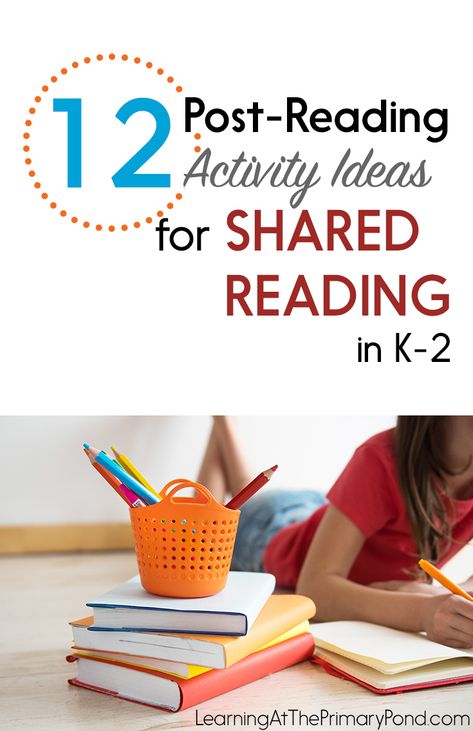 You can read aloud to your child at any time of the day. The more they hear you read, the more they’ll want to learn how to do it themselves!
You can read aloud to your child at any time of the day. The more they hear you read, the more they’ll want to learn how to do it themselves!
This can encourage independence, curiosity, and self-reliance. Not to mention, it’s essential to your child’s reading readiness!
Reread Books Together
Rereading books gives your child a sense of ownership over a book, and rereading favorites will forge a deeper connection between your child and reading and encourage a love of stories.
Rereading is also helpful with the mechanics of reading. Multiple visits to the same book will likely lead your child to pretend to read sections of the book. They may even memorize entire stories, so long as they are short and sweet.
Both of these steps are critical to developing their reading readiness. Before you know it, they’ll be cuddled up on the couch, reading away!
Building Reading Readiness For A Bright Future
There’s no such thing as a “right” way to teach reading.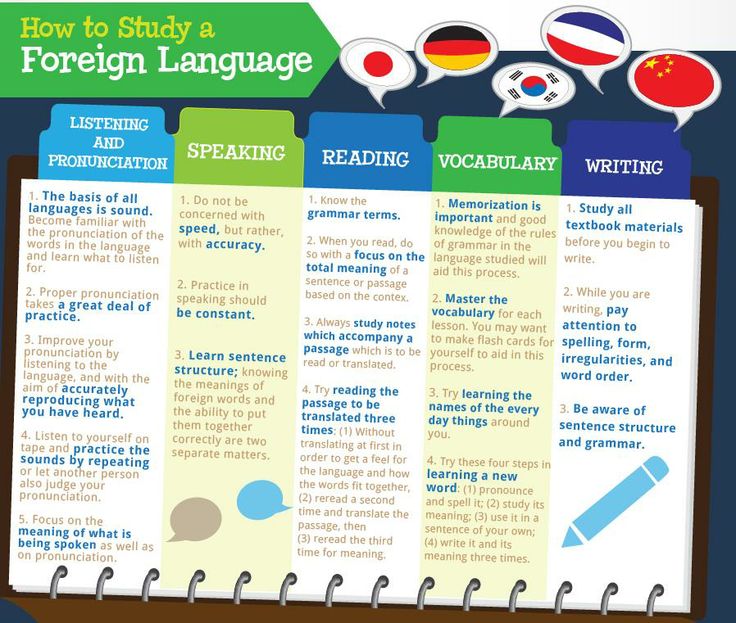 While there are certainly some core concepts to stick to, the power of your child’s reading adventure comes when you both figure out what works best for them.
While there are certainly some core concepts to stick to, the power of your child’s reading adventure comes when you both figure out what works best for them.
If you ever find yourself wanting to change up your routine, look no further than the HOMER Learn & Grow app. It’s thoughtfully designed with your child’s specific interests and needs in mind.
Jam-packed with activities and lessons, our app will help your child get reading ready and prepared for a bright future in no time!
And don’t just take our word for it, read what Honest Brand Reviews has to say about Homer.
Author
The Top 5 Skills + FREE Placement Test
by Marie Rippel
Did you know that there are five skills your child should master before you begin formal reading instruction? Because these reading readiness skills are so important, we call them The Big Five Skills.
Although much of your child’s learning comes naturally as he plays and experiences life, there are some skills, like reading, that must eventually be taught.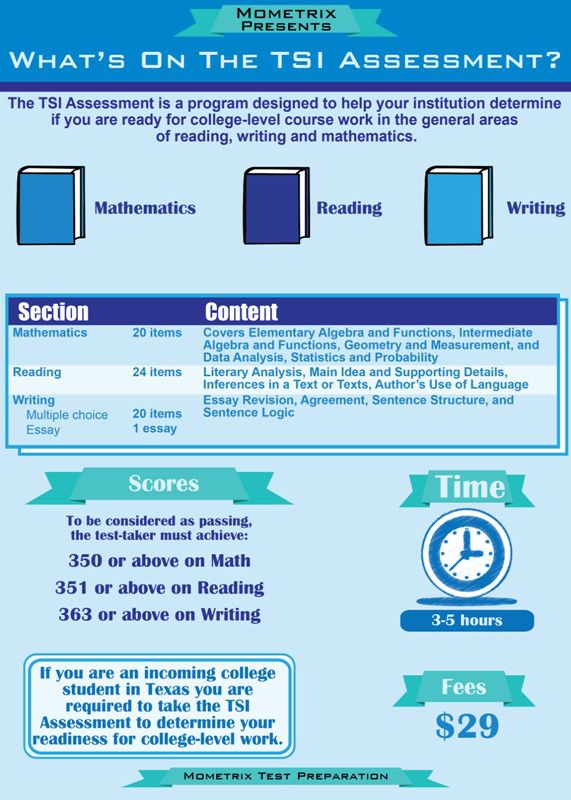 That may feel a little scary, but if you’ve taught your child how to pick up his toys or put on his socks, you can teach your child to read, too!
That may feel a little scary, but if you’ve taught your child how to pick up his toys or put on his socks, you can teach your child to read, too!
In this post, you’ll learn about the skills for reading readiness, and you’ll discover more than twenty fun ways you can help your preschooler or kindergartner develop in these areas. Let’s dig in!
5 Critical Skills for Reading Readiness
Print Awareness
Print awareness is the understanding that the print on a page represents words that have meaning and are related to spoken language.
To develop this skill:
- Help your child learn how to hold a book correctly.
- As you read books together, emphasize the fact that you’re reading from front to back and from left to right. Let your child turn the pages.
- As your child helps you in the kitchen, point out the names on the food boxes and cans and the ingredients as you read your recipe.

- Point out and read road signs and store signs as you travel in the car.
-
Letter Knowledge
Letter knowledge enables a child to recognize the letters of the alphabet and to know the names and sounds of each.
To develop this skill:
- Sing the alphabet song together. Practice starting at different letters.
- Use activities that help children recognize both uppercase and lowercase letters.
- Begin to encourage an association between letter names and the sounds they make.
- Explore the alphabet with refrigerator magnets.
- Create the alphabet with building blocks or form letters with playdough.
Phonological Awareness
It’s a big term, but it’s really quite basic.
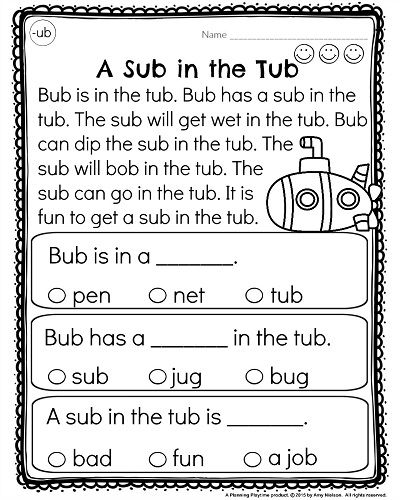 Phonological awareness is the ability to hear and identify the various sounds in spoken words.
Phonological awareness is the ability to hear and identify the various sounds in spoken words. To develop this skill:
- Read lots of nursery rhymes and rhyming picture books together. Encourage your child to anticipate rhyme as you read together.
- Play clapping and rhyming games like Miss Mary Mack and Pat-a-Cake.
- Sing silly songs by changing the first sound in some of the words. For example, sing, “Bingle bells, bingle bells, bingle all the bay,” or “If you’re chappy and you chow it, chap your chands.”
- Play games that encourage children to identify words that begin with a specific letter sound. For example, say, “I spy with my little eye a color that starts with /r/.”
Listening Comprehension
Listening comprehension is the ability to understand the meaning of words heard and to relate to them in some way.
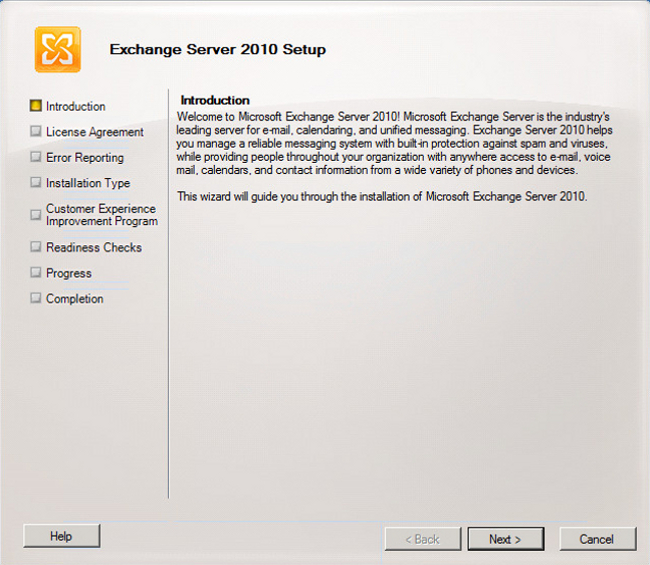 A child with good listening comprehension has a wide vocabulary and a growing understanding of the world around him.
A child with good listening comprehension has a wide vocabulary and a growing understanding of the world around him. To develop this skill:
- Read aloud to your children daily. Read books that are in line with your child’s interests so he begins to realize that there is a benefit to learning to read.
- Encourage even young children to interact with books.
- Attend story time at the library.
- Let your child see you enjoying books.
- Make read-aloud time an enjoyable shared time. Here are some picture book lists to get you started.
Motivation to Read
Motivation to read is a child’s eagerness and willingness to read.
To encourage your child:
- Read both fiction and nonfiction books to your child.
- As you read, ask open-ended questions.
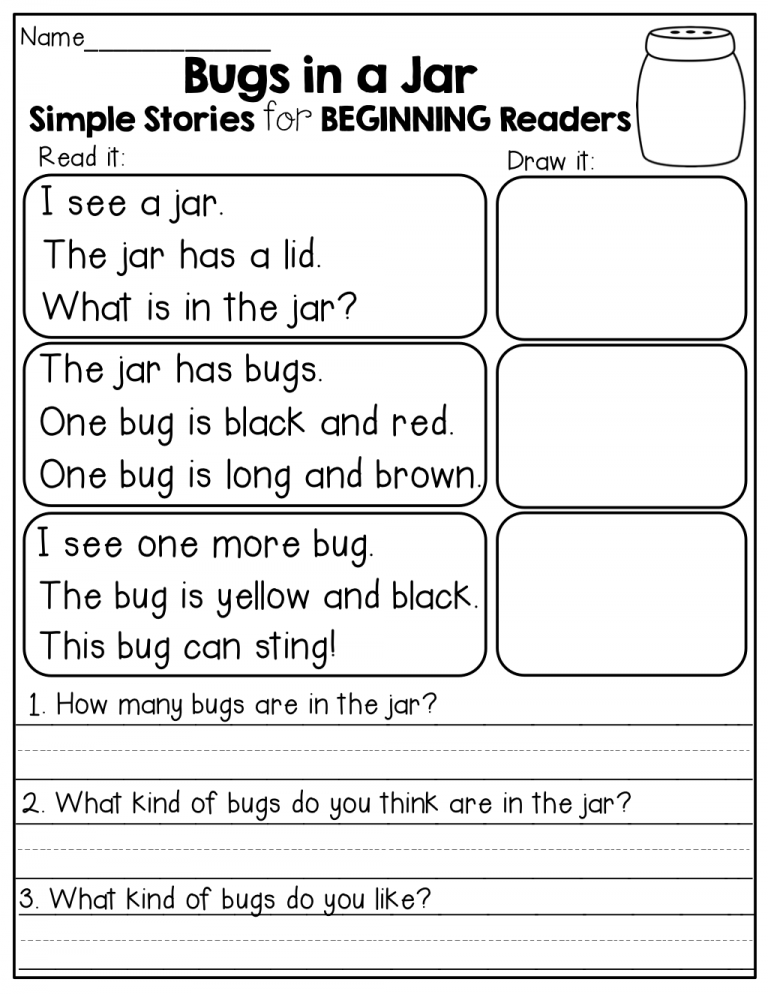 For example, ask “What do you think is going to happen when we turn the page?” or “Why did the boy go outside?”
For example, ask “What do you think is going to happen when we turn the page?” or “Why did the boy go outside?” - Use everyday life experiences to build your child’s vocabulary.
- Encourage imaginative play and storytelling.
Determine if Your Child Is Ready to Read
Have you been working to help your child develop these important pre-reading skills? If so, it’s very possible that your child is ready to begin formal reading instruction. But if you’re not sure whether your child is ready, complete this checklist to measure your child’s reading readiness:
After completing this checklist, you’ll be able to identify the pre-reading skills that your child still needs to work on. The All About Reading Pre-reading program makes it easy to fill in the gaps and get your child ready to read. Is your child already ready to read? If so, All About Reading Level 1 is the perfect starting point!
One Final Note
I’m a strong believer in letting kids be kids and not pushing academics too early.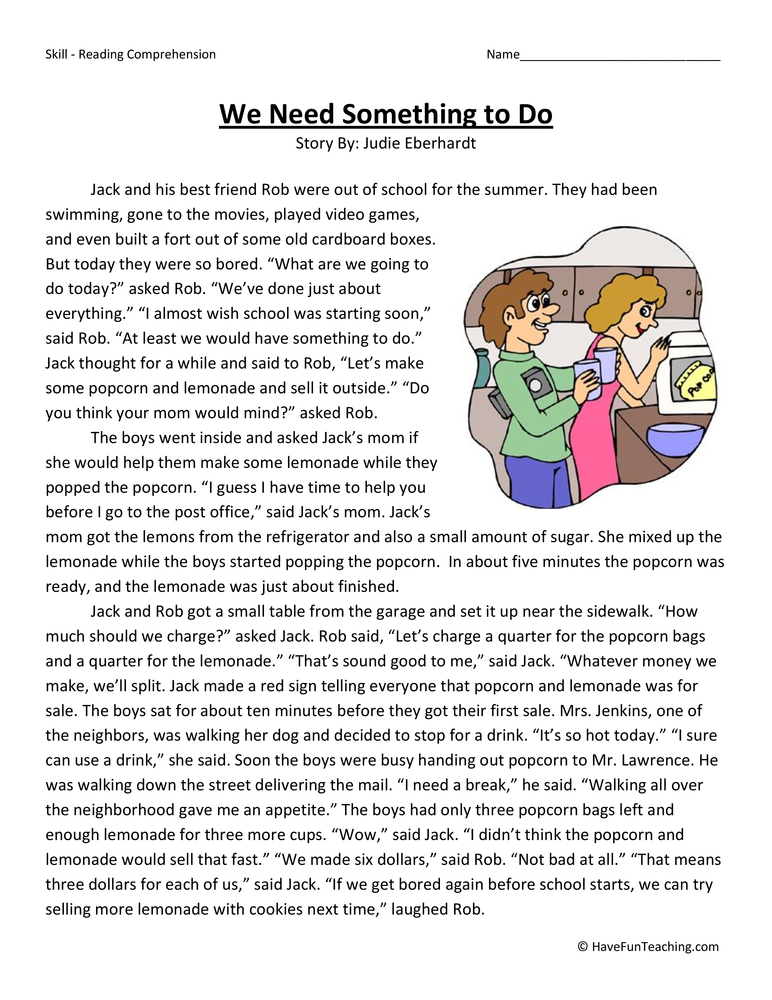 But I also know from extensive experience that most kids don’t develop reading readiness skills on their own. The All About Reading Pre-reading program strikes a good balance. In about 15 minutes per day (depending on your child’s attention span and abilities), this easy-to-use curriculum helps children develop all five of the Big Five Skills. The program includes crafts, rhyming and word games, alphabet charts, and lots of playful activities. And if you’ve never met Ziggy, you’re in for a treat!
But I also know from extensive experience that most kids don’t develop reading readiness skills on their own. The All About Reading Pre-reading program strikes a good balance. In about 15 minutes per day (depending on your child’s attention span and abilities), this easy-to-use curriculum helps children develop all five of the Big Five Skills. The program includes crafts, rhyming and word games, alphabet charts, and lots of playful activities. And if you’ve never met Ziggy, you’re in for a treat!
The majority of a young child’s day should be filled with play, real-life activities, and physical exploration. Add in just a touch of daily intentional instruction in these five reading readiness areas, and your child will have a huge advantage when it comes time to read.
Do you have questions about reading readiness? Post in the comments below or contact us!
Photo credit: Rachel Neumann
Reading training program for preschoolers, Teaching a child to read
For parents of preschoolers > Useful for parents
Bardova Lidia Georgievna
How good it is to be able to read!
Don’t pester your mother,
Don’t shake your grandmother:
“Read, please, read!”
Don't beg your sister:
"Well, read another page.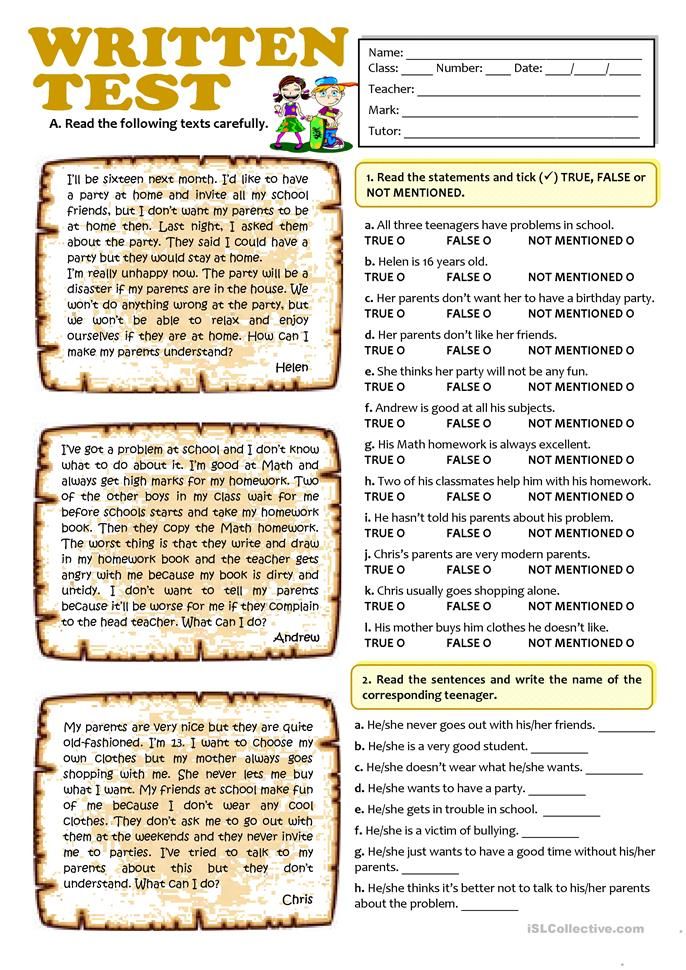 "
"
No need to call,
No need to wait,
Or you can take
And read! nine0003
Valentin Berestov
"Teaching a Child to Read" is an effective and affordable program for teaching preschoolers fluent and conscious reading.
Problems in teaching young children to read.
Reading is an amazing means of understanding the world. We use this tool every day in a variety of situations. At any moment we can satisfy our curiosity by opening a book or turning on a computer. Over the long years of study, the process of reading has reached us to automatism. We read without difficulty, and sometimes it seems to us that there is nothing easier than reading. nine0003
If a preschooler grows up in a family, then parents face the question: how to teach a child to read. In the old days, children were taught to read at school, but now, following some unwritten rule, the child must enter the 1st grade as a reader.
I must say that the parents themselves learned the basics of reading many years ago, and, of course, forgot how laborious and complex this process is.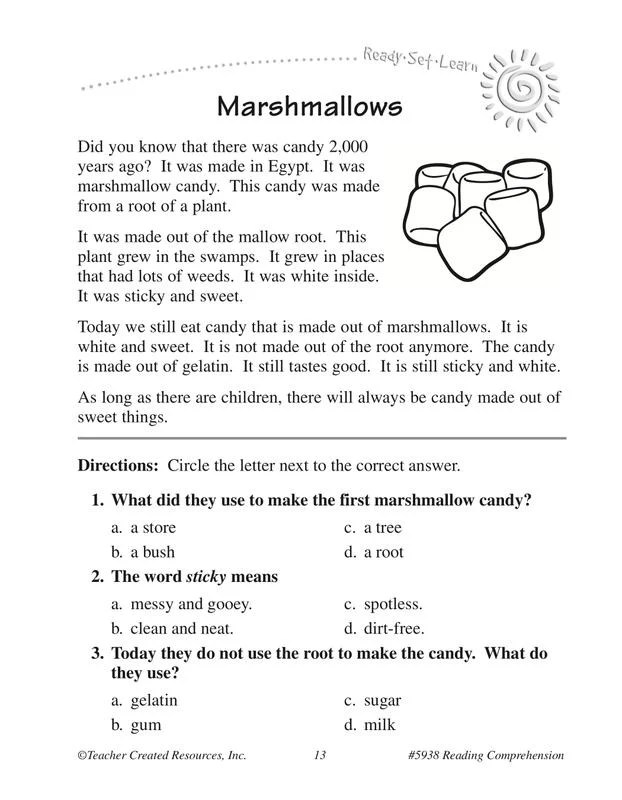 Therefore, many of them enthusiastically undertake to teach their child this “simple”, as they consider, process. And if the child is easily trained, then the parents cope with this work without problems. nine0003
Therefore, many of them enthusiastically undertake to teach their child this “simple”, as they consider, process. And if the child is easily trained, then the parents cope with this work without problems. nine0003
However, many parents face great difficulties in teaching their children to read. This forces them to look for the necessary information on the Internet and on the bookshelves, where it is now, by the way, countless. However, often this information is either difficult for home use, or very ineffective. Therefore, some parents, whose family budget allows this, resort to the help of tutors.
What about other parents? Who will teach their children to read?
It turns out that preschoolers have become hostages of this difficult situation.
An effective children's education program.
For parents who would like to help their child learn to read, this guide has been developed. When compiling it, the experience of the most successful primary school teachers, as well as tutors preparing children for school, was used.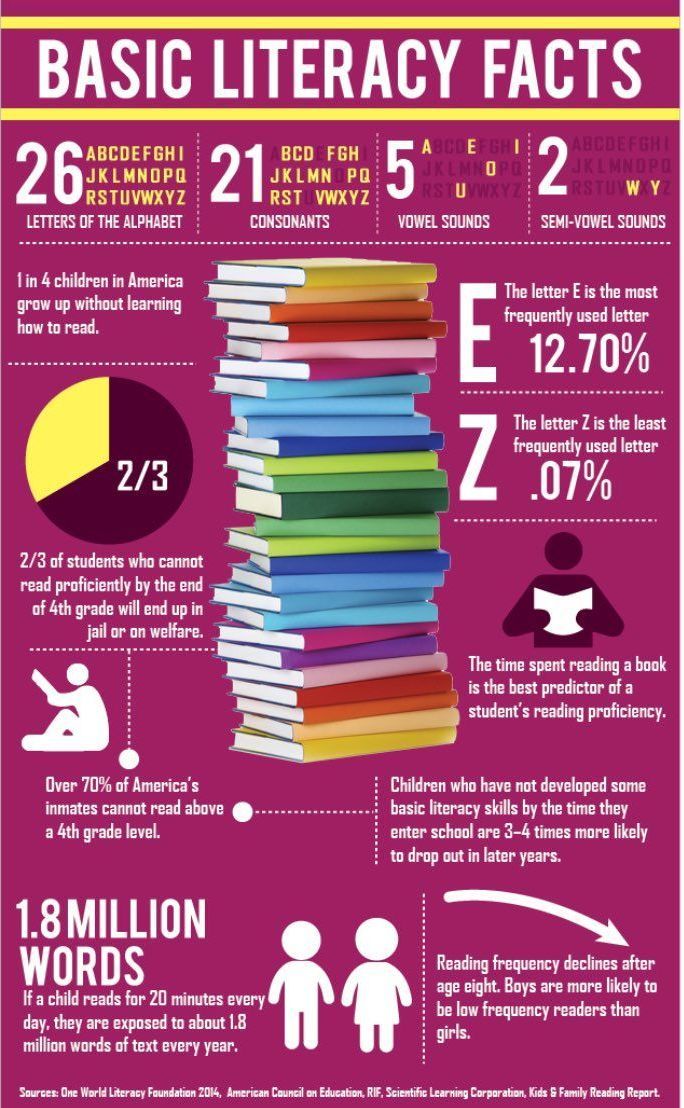 This program is based on the well-known rule: any hard work will become easy if:
This program is based on the well-known rule: any hard work will become easy if:
- correctly divide it into parts, i.e. - dose correctly; nine0003
- and then arrange these parts in a strictly defined sequence.
In the proposed program, the sequence of studying letters and syllables differs significantly from the generally accepted traditional system at school. And the amount of material for each lesson is dosed, taking into account the fact that at this age the attention of children is extremely unstable. Therefore, you need to deal with a child for about 10-15 minutes a day.
It is this sequence of each session and precisely this dosing of these sessions that have become the main advantages of this program. nine0003
And one more of its advantages is that an adult does not have to have a pedagogical education to work under this program: it is enough for him to show a sample of reading and achieve its repetition.
Recommendations.
- Create and maintain a positive classroom environment.
 Show maximum patience, do not rush the child while reading, tell him at a critical moment. Never scold him, praise him with or without reason. nine0069 Currently, various gadgets do nothing to awaken a child's interest in reading. Moreover, some children openly express a stubborn unwillingness to read. Given this circumstance, classes should be started in a mild form, without pressure and coercion, reaching agreement with the child, taking into account his desires, but at the same time showing some perseverance. And, due to the fact that these classes are short in time and small in volume, after a few days the child positively perceives the process of reading. nine0070
Show maximum patience, do not rush the child while reading, tell him at a critical moment. Never scold him, praise him with or without reason. nine0069 Currently, various gadgets do nothing to awaken a child's interest in reading. Moreover, some children openly express a stubborn unwillingness to read. Given this circumstance, classes should be started in a mild form, without pressure and coercion, reaching agreement with the child, taking into account his desires, but at the same time showing some perseverance. And, due to the fact that these classes are short in time and small in volume, after a few days the child positively perceives the process of reading. nine0070 - Set yourself and your child up for daily activities (except weekends) , make them an obligatory item of the daily routine.
- Teachers and psychologists argue that each child has his own pace of learning. That is why this program does not indicate the time frame for passing a particular lesson.
 But, to achieve good results, one very important rule should be observed:0028 the child reads without errors and at a good pace. Throughout all classes, this is the most important rule. Strict observance of it leads to the formation of one of the most important skills in a child - the skill of confident reading. And this is the foundation on which fluent reading is subsequently easily developed.
But, to achieve good results, one very important rule should be observed:0028 the child reads without errors and at a good pace. Throughout all classes, this is the most important rule. Strict observance of it leads to the formation of one of the most important skills in a child - the skill of confident reading. And this is the foundation on which fluent reading is subsequently easily developed.
The word is up to adults.
The purpose of this program is to make it as easy as possible to teach reading, not only for children, but also for adults. It includes 28 lessons that clearly show how much work a small child has to do in order to learn to read. For example, one two-letter syllables will have to learn more than 150 options. nine0003
If parents decide to walk this path together with their child, they are worthy of the deepest respect and reverence. And as a reward for this work, parents will repeatedly experience feelings of joy for each success, as well as pride in themselves and in their child. And then all the difficulties that have to be overcome during this time are forgotten.
And then all the difficulties that have to be overcome during this time are forgotten.
And one more important factor: such joint activities and success bring adults and children much closer.
Experience shows that love for a child, patience and regular practice necessarily lead to the fact that by the end of learning to read under this program, the vast majority of children read at the level of a student completing grade 1, and some even better . Surprisingly, this result is achieved with just 10-15 minutes of practice per day! Of course, such a result justifies any time spent on these classes.
Teach your child to read easily and with joy!
Good luck to you and your child!
Classes for teaching reading to preschoolers
Content of the classes.
The number of syllables and words selected for each lesson is quite enough to learn to read, but this is subject to the rule mentioned above: the next lesson should be started only when the syllables and words of the previous lesson are read by the child error-free and confident.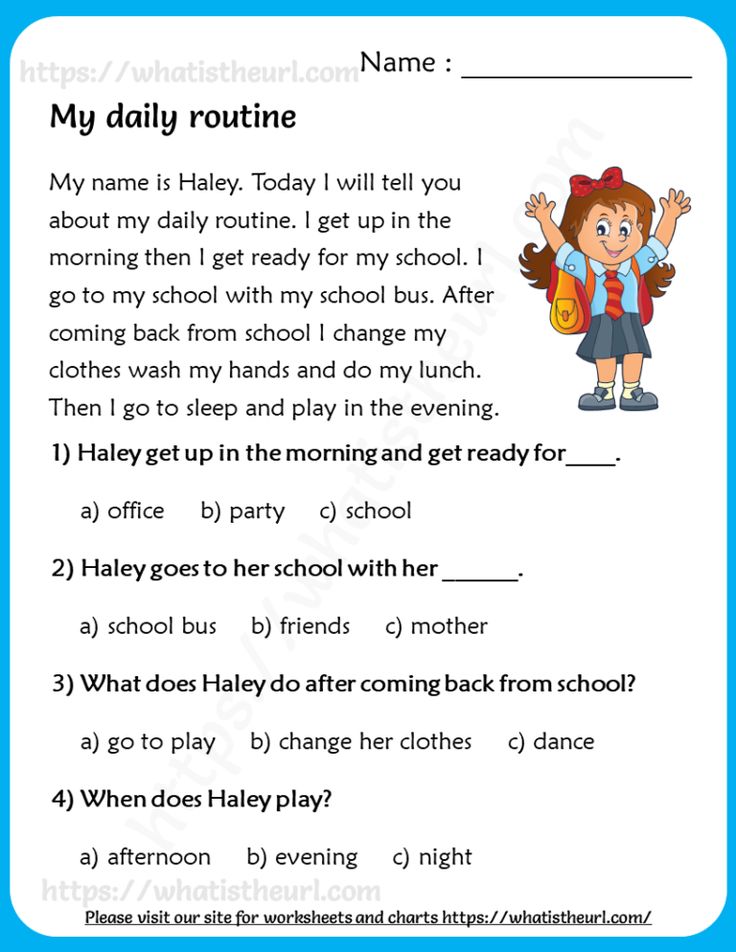 nine0003
nine0003
Lesson 1.
First, learn 20 consonants. They should be pronounced briefly, abruptly, without overtones. You can't pronounce Be, We, Ge...
At first, we learn only capital letters together with the corresponding picture, then we read them without pictures.
B C D E F G K L M N
R S T V W Y Z
Lesson 2 HA TSA CHA SHA SHA
Session 3.
We tell the child that a capital letter at the beginning of some words means that this word is someone's name.
MA-MA PA-PA PA-RA LA-PA BA-BA RA-NA
SHA WA-ZA LA-MA WA-TADA-CHA PA-NA-MA ZA-DA-CHA MA-SHA DA-SHA
SA-SHA TA-MA-RA NA-TA-SHA PA-SHA
Lesson 4.
BO VO DO ZHO ZO KO LO MO NO PO RO SO TO FO HO TSO CHO SHO
Lesson 5.
NO-SHA RO-ZA DO-MA WE-LO SA-MA RO-SHA
KO-ZHA RA-BO-TA RO-MA VO-WA SO-FA ZHO-RA
Lesson 6.
Bu yu gu zh zhu uhuhu ahu ou ou ou ou ou ru
Su fuh huh shchi shch
Lesson -ZHA RU-KA PU-MA
SU-SHA SHCHU-KA SHU-BA TU-CHA BU-MA-GA
RA-DU-GA KU-KU-RU-ZA
Lesson 8.
WOULD YOU GY DY ZY KY WE
NY PY RY SY YOU FY HY TSY
Lesson 9.
FISH-BA RO-ZY RA-WE SHAR-RY
MOUNTAIN GU-BY ZU-BY 009 KU-BY 009 -SY BU-SY KO-ZY BA-NA-NY
BA-RA-NY FOR-BO-RY BA-RA-BA-NY
Next, we begin to read syllables and words with the letters I, E, Yo, Yu, I. All these letters soften the consonant after which they stand. The letter b also softens the consonant, but it will be studied in lesson 26.
Lesson 10.
0003
SI TI PHI HI QI CHI SHI SHI
Lesson 11.
This lesson may cause some difficulties, because soft and hard consonants will alternate in these words. Usually it requires 2-3, and possibly more sessions.
PI-LA PO-NI NO-GI RU-KI KI-NO KO-NI -LI-NA SU-HA-RI DO-MI-KI
MI-NU-TA MA-KA-RO-NY VI-TA-MI-NY
Lesson 12.
KE LE ME NE
PER SE TE FE HE TSE CHE SHES
Lesson 13.
PO-LE SEA-RE SE-NO CA-CHE-LI CHU-DE-SA
PE-TOU-HI DE-TI GA-ZE-TA LE-NA LE-RA
GE-NA VE-RA WA-LE-RA
Lesson 14.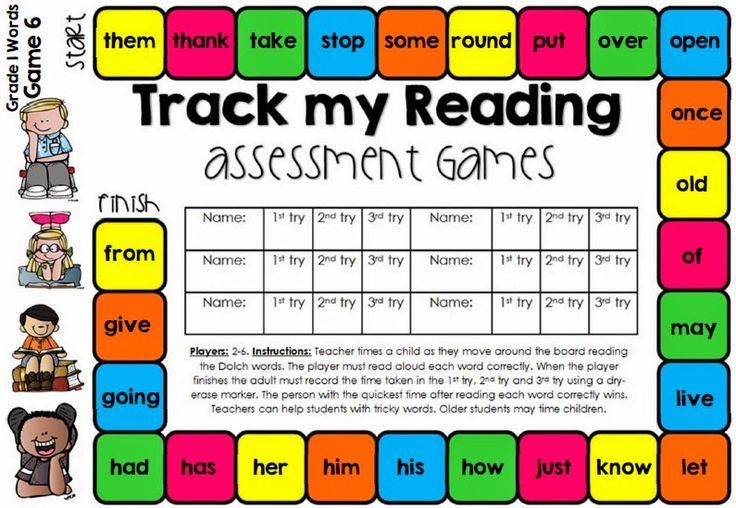
Hyo CHO SHE
Lesson 15.
BE-ROO-CHOO-KEE-Ma-Ma
SE-RE-RYO-INE-MAS
Lesson 16.
BYA VYA GYA DYA KYA LA MYA
NJA PYA RYA XYA THA FYA HYA
Lesson 17 SIA KA-CHA FE-DIA NA-DIA MI-CHA SO-NYA V-CHIA
FE-NYA TO-LA PE-CHA GA-LA TO-NYA KO-LA
MA-RU-SIA
Lesson 18.
BYU VU GU DU ZU KYU
LU MU NYU RYU RYU SU TYU
Lesson 19. -SHA
VA-LU-SHA I-LU-SHA YU-LA
Lesson 20.
In this lesson, you need to enter small letters a, b, e, e. and na-ny shu-ba ry-ba ra-bo-ta for-bo-ry
Lesson 21.
Show the child how to read three-letter words (at first, the vowel should be pulled a little, but only at the very first time) .
cancer house smoke rice whale juice forest poppy honey varnish soup son cheese mouth cat dog our beetle world shower hour noise chalk
Activity 22 air-spirit doc-tor far-tuk fan-tic bridge-tic log-nal shash-lyk lan-dysh rain-dick pocket
Lesson 23.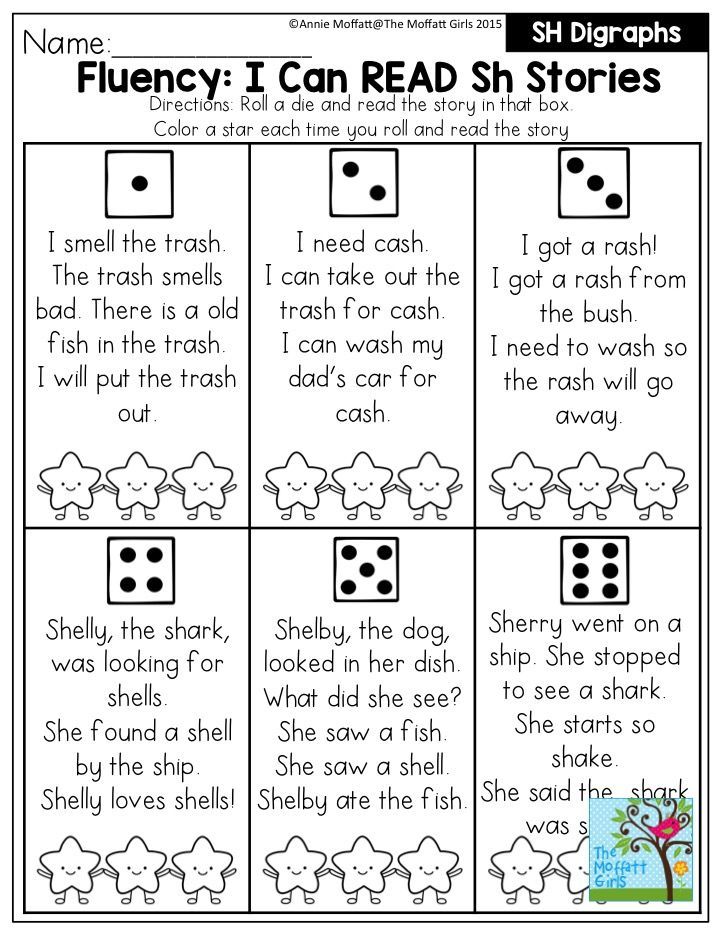
river rep-ka pal-ka stove set-ka half-ka weight-on vet-ka fork-ka sum-ka ban-ka kuk-la buk-wa man-ka met-ro barrel-ka mis-ka thread-ka shor-you brush-ka
skewers cup sushi hat
dance mouse cat
Lesson 24 -horn to-por dya-tel tu-man
ve-ter ve-cher sa-har ry-bak ka-tok ko-tik
Lesson 25.
yu-la u-shi ut-ka az -bu-ka um-ni-tsa ig-ra ik-ra el-ka ar-booz A-li-na u-li-tsachai my may may-ka your tea-nick sa-rai zai-ka white ig -paradise kind Yu-la mu-ra-vey your own
Lesson 26.
salt dust shadow day king horse goose stump pain pain-but more money-gi pal-toes lie-reap ki -sel drinks pours drinks seven-family vyu-ga
Activity 27 book school roof
Lesson 28.
la
At this stage, we finish the study of letters, as well as various variants of syllables and words with them. It remains to say that the letter Y is also a consonant letter, but, unlike other consonants, it does not form an independent two-letter syllable with vowels.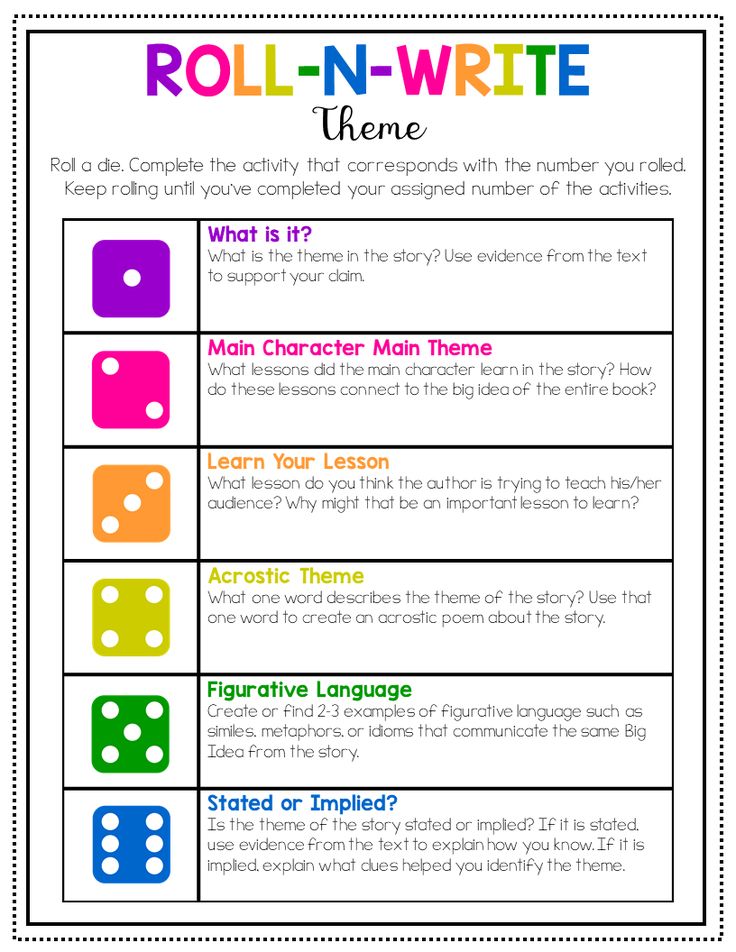 nine0003
nine0003
Large binding.
Reading skills can be consolidated through various aids. For example, in the books O. Perova " Primer-simulator" and Bakhtina "Primer" excellent material for these classes is collected. Classes still need to be held regularly, for about a month. The material should be given in small volumes to avoid overworking the child. And remember: even 10-15-minute daily sessions give a very good result. nine0003
Reading fluency (step by step) .
- To work on reading fluency, short stories of 4-6 sentences are selected. Suitable material for this is, for example, in the “Primer” by N. S. Zhukova.
- We inform the child of the following goal: “You are well done, you read well. But you're growing up, and so today we're starting to learn to read like adults." The child reads the selected story, and we ask him 2-3 questions about the content of the story. "About what (or what) is written in this story? What is said about him (about them) ? Then we say: “Read the story again, but read a little faster.
 ” We praise the child and ask to read the story again, but a little faster.
” We praise the child and ask to read the story again, but a little faster. - As a result, the child read the story 3 times. Undoubtedly, the child himself will like the fact that he already manages to read some words in whole words. After this, the child must be praised and the lesson ends. At this stage, it is very important to observe the following rule: you cannot demand and, moreover, force a child to read in whole words. Over time, the transition from syllabic reading to reading whole words occurs naturally. nine0070
- We start the next lesson by working on the story from the previous lesson. Remind the child that he read this story very well, almost like adults, in the last lesson and ask him to read it now just as well. After that, praise the child and do not work with this text in this lesson anymore, even if the child did not read it very quickly. Let's move on to the next story. We read it 3 times in the same way as in the previous lesson.
- The next lesson, we again start working on the story from the previous lesson.
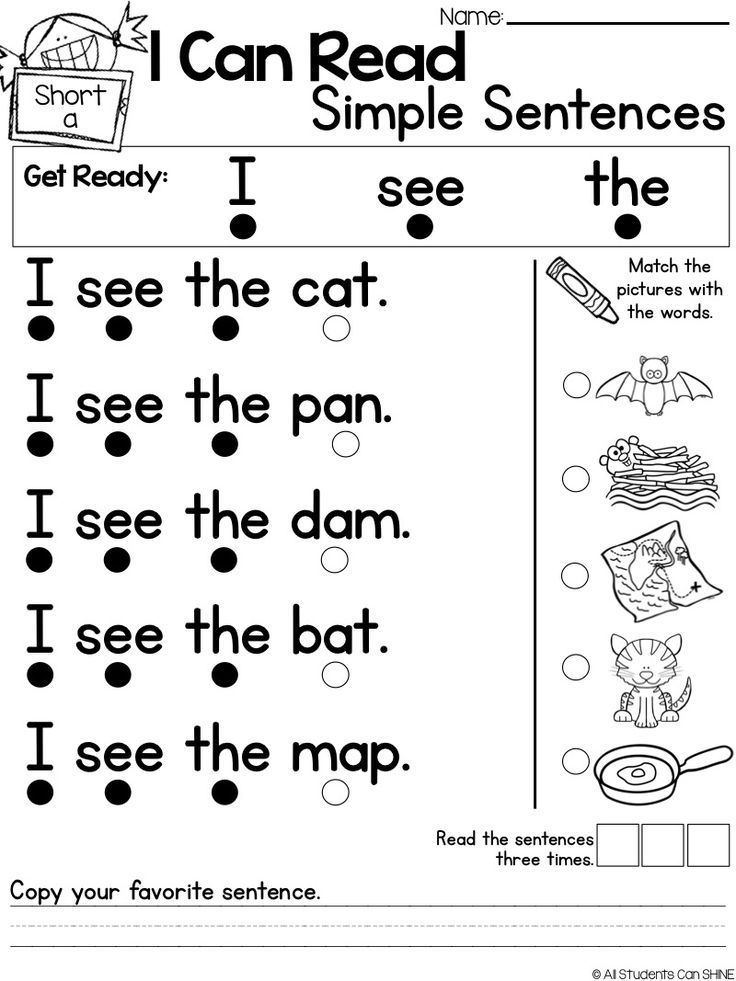 nine0070
nine0070
Reading children's books.
The purpose of these activities is to instill a love of reading .
Children's books should be colorful and with suitable type. During this period, you can read books without dividing words into syllables. And from time to time we remind the child that we try to read like adults because we grow up.
There are many different techniques and ways to increase interest in reading. One of the most effective ways to achieve this goal is as follows: an adult reads the beginning of some interesting story aloud, (for example, children's stories by Nosov, Suteev and other authors are suitable for this) . Further, the adult, referring to being busy, suddenly stops, preferably at the most interesting place and complains that there will be no time to find out what happened next. If the child is sufficiently interested, then he independently continues reading.
Also, to develop interest in reading, you can offer children to read fascinating children's encyclopedias with short informative stories, and then ask the child to tell us what he learned interesting.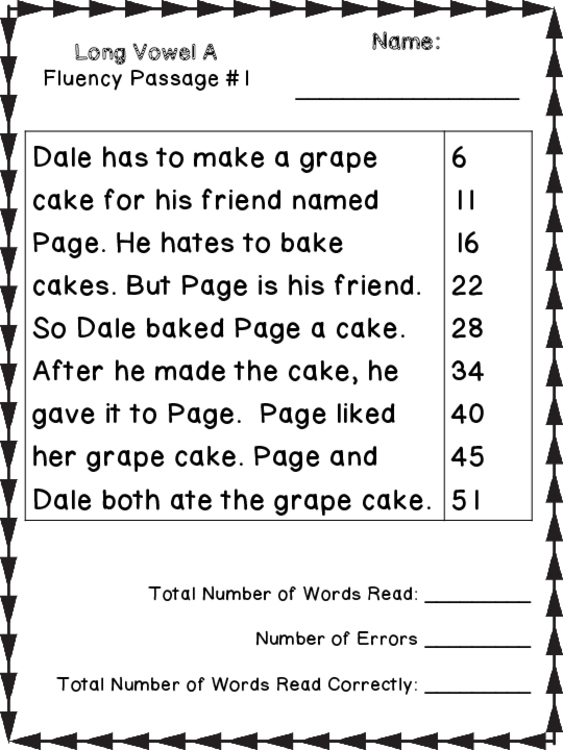 There are a great many such encyclopedias on the market now, we choose them according to the age and preferences of the child. nine0003
There are a great many such encyclopedias on the market now, we choose them according to the age and preferences of the child. nine0003
For parents of preschoolers:
| | | | |
Preschool Reading Program
Contents
EXPLANATORY NOTE…………………………………………..3
The content of the program for teaching reading ………………4
CHAPTER II. Structure and main directions of implementation programs .5
structural organization of classes ……………………………..………….5
work with sound and letter ……………………………………..………….5
interaction with parents ……………………………………..……...6
CHAPTER III. Calendar-thematic planning of training classes reading……………………………………………………………………...7
CONCLUSION…………………………………………… ……………… .11
Bibliography .................................................................................................................................................................................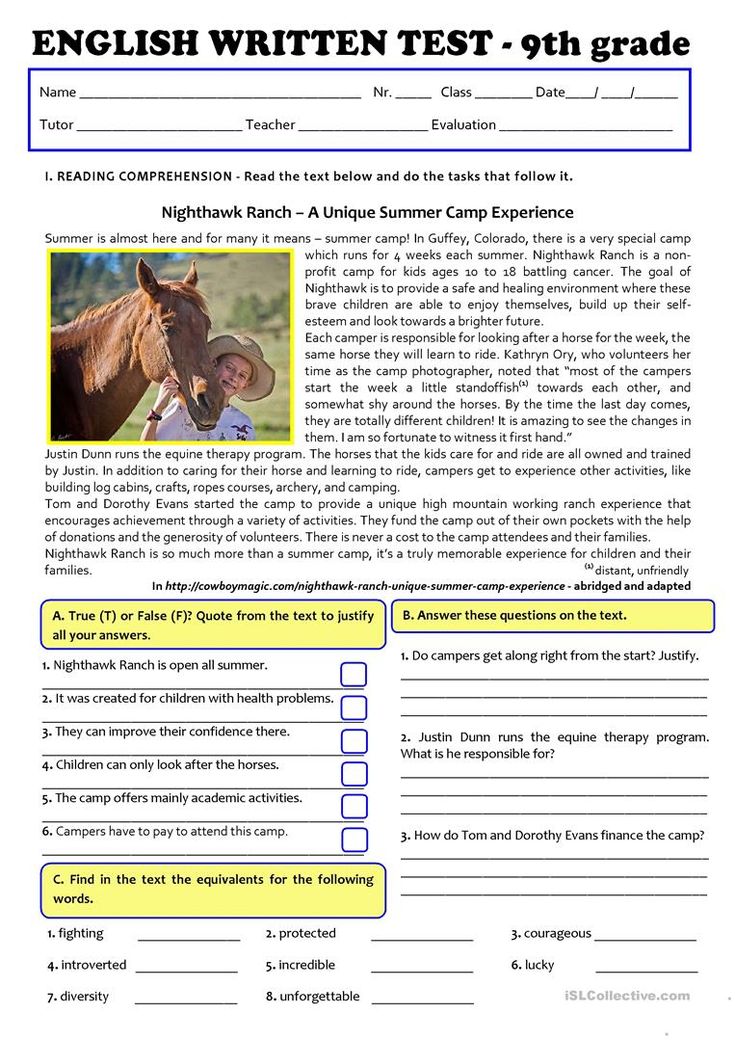 .......................................................................................1
.......................................................................................1
9000
Explanatory note
Reading - complex psychophysiological process. In his act take participation of various analytical systems: visual, speech-auditory, speech-motor.
Reading starts from visual perception, distinction and recognition of letters. On this basis, there correspondence of letters with the corresponding sounds and reproduction is carried out sound image of the word - its reading. Due to the correlation of sound the form of the word with its meaning, the understanding of what is read is carried out.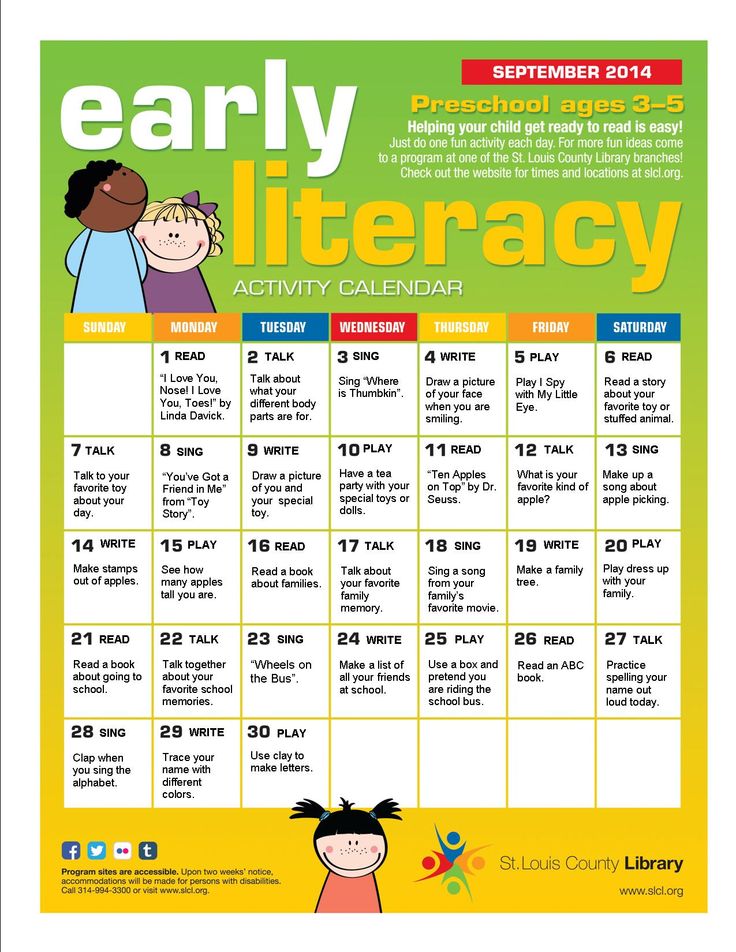 nine0003
nine0003
Learn it's not easy to read. Know the alphabet and put letters into syllables, and syllables into words - That's not all. Many people remain at the level of folding words, not having learned see meaning in what you read. Learning to read is without a doubt one of the the main conditions for successful personal development. The child who began to read preschool age, of course, has an advantage over his unable to read by a peer.
If If, for whatever reason, the child had to have only one skill, then such a skill, no doubt, should be the ability to read. This skill underlies all the activities he encounters in life. nine0003
Home the task of teaching preschoolers to read is to make a word for the child, his the sound shell is not only tangible, but also attractive and interesting. When children in a game, onomatopoeic action learned to distinguish between vowels and consonants, hard and soft consonants, a new task is to remember the sign used to write the given sound.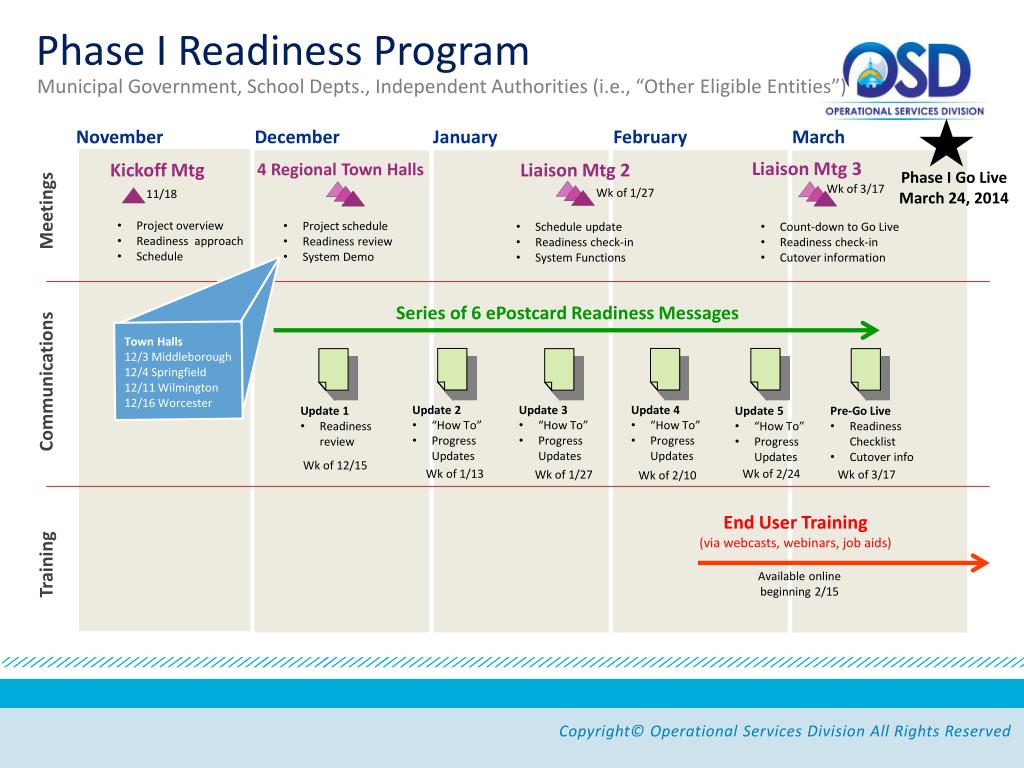 For easier memorization graphic elements - letters, the following methods of work are used: construction from sticks, pencils; drawing on a sheet of paper; hatching; stroke sample letter. nine0003
For easier memorization graphic elements - letters, the following methods of work are used: construction from sticks, pencils; drawing on a sheet of paper; hatching; stroke sample letter. nine0003
Training reading involves teaching children to read at the level of individual abilities every child. At the same time, targeted work is being carried out to enrichment, speech activation, vocabulary replenishment, improvement sound culture, clarification of the meanings of words and phrases, development dialogic speech.
Mastery reading skills becomes one of the main, basic moments of education, as it is part of the process of speech development. Simultaneous reading is one of the most important ways to obtain information. Leaving the process mastering reading skills in the first years of school life, adults put child in a difficult situation: the flow of information necessary for assimilation sharply increases with entry into school life. In addition, there is a need adaptation of children to the new external conditions of the school, to a change in regime moments, adaptation in the new school team. If this is added difficulties in mastering the skills of initial reading, then the danger increases, that any of the components of the new school life will not be mastered. So Thus, the need for earlier than in school years, education of children reading, dictated by the needs of social development and formation personality of the child, learning to read and tasks of age-related mental development baby
If this is added difficulties in mastering the skills of initial reading, then the danger increases, that any of the components of the new school life will not be mastered. So Thus, the need for earlier than in school years, education of children reading, dictated by the needs of social development and formation personality of the child, learning to read and tasks of age-related mental development baby
The purpose of this program is to build a system of learning to read preschoolers aged 5 to 7.
To achieve the goal the following program objectives are defined:
Mastering the ability to work with the full composition of sounds and Russian letters.
Teaching preschoolers analytic-synthetic merging syllable combinations - reading.
The development of thought processes (elements analysis, synthesis, comparison, generalization, classification), the ability to hear and reproduce the sound image of the word, correctly convey its sound.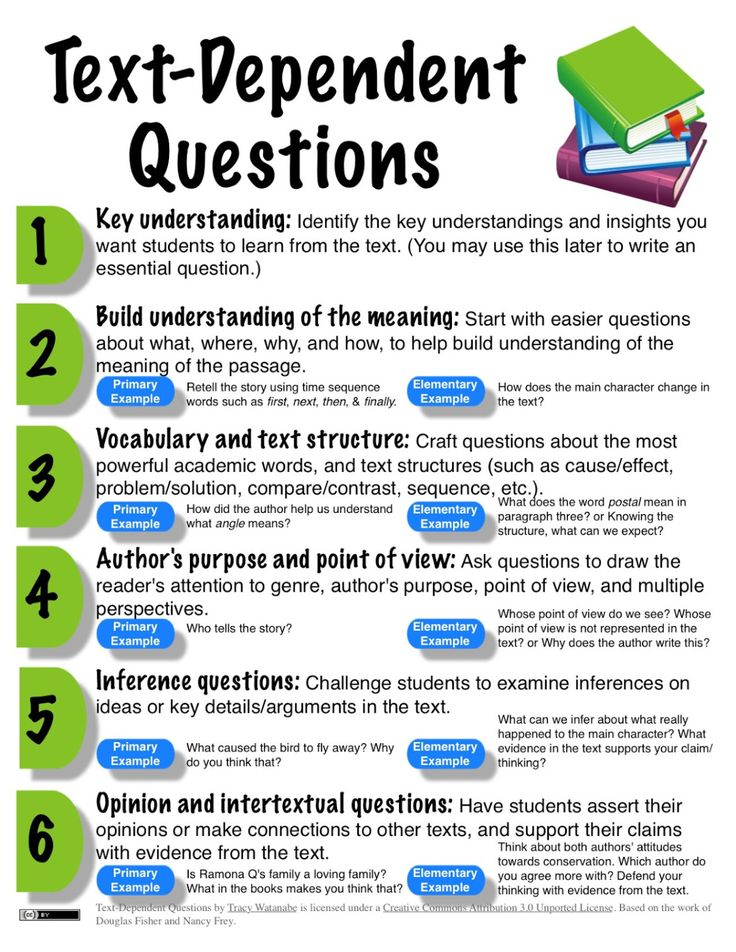 nine0003
nine0003
Application of acquired knowledge, skills and abilities in cognitive activity.
Fostering a culture of communication that promotes the ability to express their thoughts, feelings, experiences.
The process of teaching reading is based on general didactic and specific principles :
1. the principle of systematicity and consistency: concentric assimilation of the program; organization and sequencing material (“from simple to complex”)
2. principle of visibility: illustrative (visual) the image of the studied objects and concepts contributes to the formation of more complete and clear images and ideas in the minds of preschoolers;
3. principle accessibility and feasibility: implemented in the division of the studied material into stages and in presenting it to children in successive blocks and parts, according to age characteristics and speech development;
4. ontogenetic principle (taking into account the age characteristics of trainees). nine0003
nine0003
The program is designed for children aged 5-7.
The duration of this program is one year of study.
CHAPTER I CONTENTS READING PROGRAMS
in an entertaining way to learn by preschoolers such concepts as sound and letter, understand their differences and features. nine0003
It is known that one of the important components of learning to read is a well-developed phonemic ear. AT in the process of mastering the program, special games are used that prepare auditory perception, attention and memory of preschoolers to work with speech sounds. Playing with fairy-tale characters, children get acquainted with vowels and consonants sounds, their correct articulation.
The structure of each lesson also includes various games that contribute to the development of phonemic analysis skills in children and synthesis. nine0003
Vowels and consonants in class correlate with the images of the corresponding letters, while the graphic image reinforced with a couplet about the letter, which contributes to faster memorization material. Fairy-tale plot and unusual game situations reinforce interest child to learn sounds and letters.
Fairy-tale plot and unusual game situations reinforce interest child to learn sounds and letters.
When compiling the program, individual and age characteristics of children, their potential and abilities.
The program is aimed not only at the end result - the ability to read, but also on the creative development of the child's personal qualities, his comfortable being in the world, tolerant attitude towards others. nine0003
Program material is systematized and studied in a certain sequences: from simple to complex, from learning sounds to mastering knowledge about letters, merging syllabic elements into words.
An important condition for the implementation of the program is the psychological and pedagogical support for students, creating a comfortable atmosphere for development in the classroom children's individual abilities.
Didactic material used in the classroom is understandable and accessible child, awakens positive emotions, serves as an adaptation to new learning conditions. nine0003
nine0003
Improving reading skills, the formation of linguistic intuition occurs in games of varying complexity and orientation. With the help of games with sounds and letters, persistent interest in learning and the desire to learn new things.
CHAPTER II STRUCTURE AND MAIN DIRECTIONS OF THE PROGRAM IMPLEMENTATION
Structural organization of classes
minutes. In the classroom, work is underway on the correct articulation, characterization sound, familiarity with the letter, syllable, word. nine0003
Sound and letter work
Before you start learning sounds and letters, preparatory classes are held for the development of speech and phonemic hearing; activation of cognitive processes.
Then the familiarization process begins with sounds and the graphic elements they designate - letters.
Sequence of lesson elements:
1.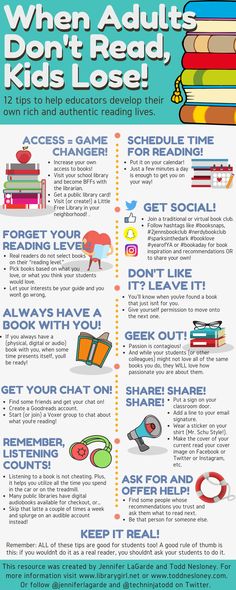 Reading the riddle, examining illustrations.
Reading the riddle, examining illustrations.
2. Doing lip exercises or tongue (in fairy tales about consonants, these are elements of articulatory gymnastics). If some preschoolers do not yet pronounce any sounds or pronounce them incorrectly, these exercises will help the child develop muscles lips and tongue, prepare the speech apparatus for the pronunciation of missing sounds. It is recommended to perform the proposed exercises in front of a mirror 5-7 times, so that the child can control the movements of the lips and tongue. nine0003
3. Next, the sound being studied is pronounced correct, according to the analysis of its correct articulation.
4. Then preschoolers are introduced to sound characteristic: whether it is a vowel or a consonant, hard or soft, voiced or deaf. It is necessary to rely on tactile, auditory, visual and motor analyzers when getting acquainted with the characteristics of sound.
First, the teacher explains how find out what sound it is:
- when pronouncing vowel sound the air comes out of the mouth easily and freely, nothing interferes with it: neither lips nor teeth, no tongue, that is, the air does not encounter any barrier, obstacle.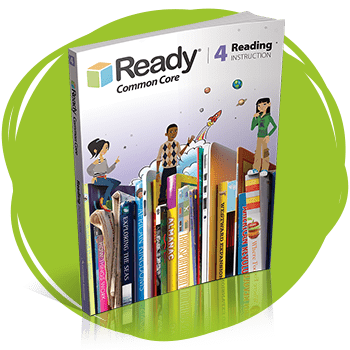 The neck always “buzzes” - the child touches the back of his hand to throat to feel this vibration. If the children do not feel how "buzzing" neck, help them: put one hand of the child to your throat, and the other to it, say the sound [F] or [C] - the neck does not “buzz” (does not vibrate - vocal cords do not work), and then say the vowel sound [A] - throat "buzz" (vocal cords vibrate). The baby feels how your "works" neck, tries to repeat the sounds in the same way, feeling the vibration of his vocal cords; nine0003
The neck always “buzzes” - the child touches the back of his hand to throat to feel this vibration. If the children do not feel how "buzzing" neck, help them: put one hand of the child to your throat, and the other to it, say the sound [F] or [C] - the neck does not “buzz” (does not vibrate - vocal cords do not work), and then say the vowel sound [A] - throat "buzz" (vocal cords vibrate). The baby feels how your "works" neck, tries to repeat the sounds in the same way, feeling the vibration of his vocal cords; nine0003
- when pronouncing consonant sound Air is always prevented from escaping freely from the mouth either by the lips or by the lips and teeth, or tongue (air meets an obstacle, an obstacle in its path).
To determine sonority-deafness of a consonant sound, use the same technique with a neck - if the neck "buzzes", then the sound is sonorous, if it does not "buzz" - deaf. Can press your palms to your ears: if the ears are “buzzing”, then the sound is sonorous, if not "humming" - deaf.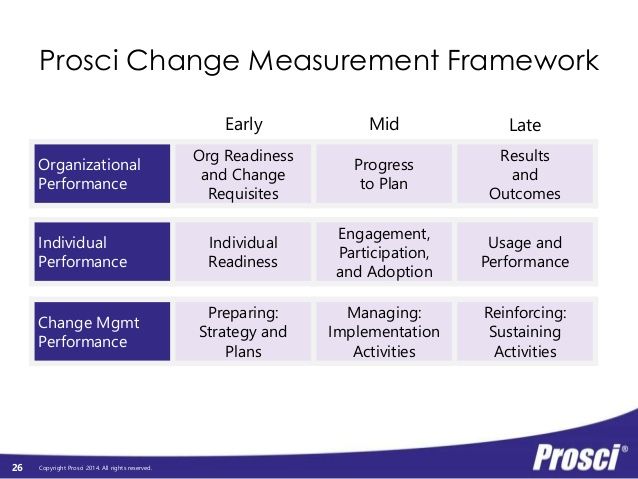
- determine the hardness-softness of the sound, invite the child to pay attention to the lips: when pronouncing a soft consonant sound lips "smile". Say a solid sound in front of the mirror [F] (lips are in a neutral position), and then make a soft sound [Ф'] (lips stretched into a smile). You can “help” with your fist: when pronouncing a hard sound, you need to squeeze the fist strongly, when pronouncing a soft sound, squeeze the fist weakly. nine0003
The child then lists all sound characteristics using the proposed techniques.
5. Then, in the classroom, and games with a new sound are used, developing speech hearing (phonemic perception, analysis, synthesis and representation). Using these games on every lesson, the teacher prepares the speech hearing of preschoolers for the acquisition of reading skills.
6. Next, using Letters, enter a graphic image of sound is a letter. A poem about a letter is used.
7. Methods used to fix the image letters:
- “drawing” a letter with a finger in air, on the table;
- laying out a printed letter from pencils, counting sticks, matches, shoelaces or other items;
- execution of the image of the letter finger on semolina, other small cereals.
- building a letter from large and small buttons, beads, beans, peas, buckwheat on the table;
- Magic bag game: teacher invites children to get letters from the bag and name them.
- the teacher "writes" a letter with his finger back of the hand, and the child calls this letter. Then baby Guesses the letter with closed eyes. nine0003
8. At the end of the lesson, preschoolers read syllables with the letter being studied (together, without dividing the syllable into separate sounds). If children are already doing well with this task, you can gradually move on to reading words.
Interaction with parents in learning to read
Implementation a full-fledged educational process of teaching reading is impossible without the involvement and active participation of parents of preschool children.
Acquisition of reading skills especially in preschool age requires daily updating and consolidation of knowledge about sounds and letters learned in class.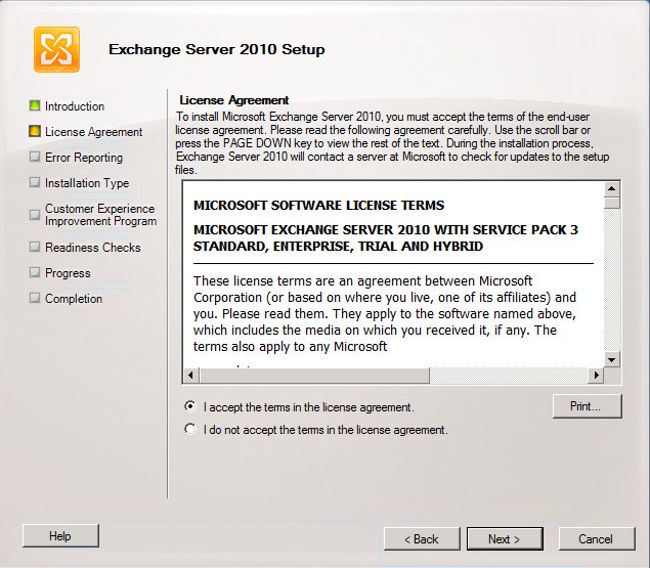 Without support and systematic exercises at home, without the interest of parents of preschoolers in success of the learning process, it is impossible to fully master the skills analytical-synthetic fusion of sound-letter combinations. nine0003
Without support and systematic exercises at home, without the interest of parents of preschoolers in success of the learning process, it is impossible to fully master the skills analytical-synthetic fusion of sound-letter combinations. nine0003
Basic rules for parents on organizing homework with preschoolers in the process of learning to read:
1. Play! The game - the natural state of a preschooler, the most active form of cognition of the world, the most effective form of education. Preschool education should be by the way, in a game situation, in an atmosphere of exciting business.
2. Maintain interest in classes, use a variety of games and manuals.
3. Not important duration of classes, and their frequency. nine0003
4. Be consistent in learning to read.
5. Your instructions and instructions should be short but concise - a preschool child does not able to take long instructions.
6. Get started learning to read only if the child's spoken language is sufficient developed.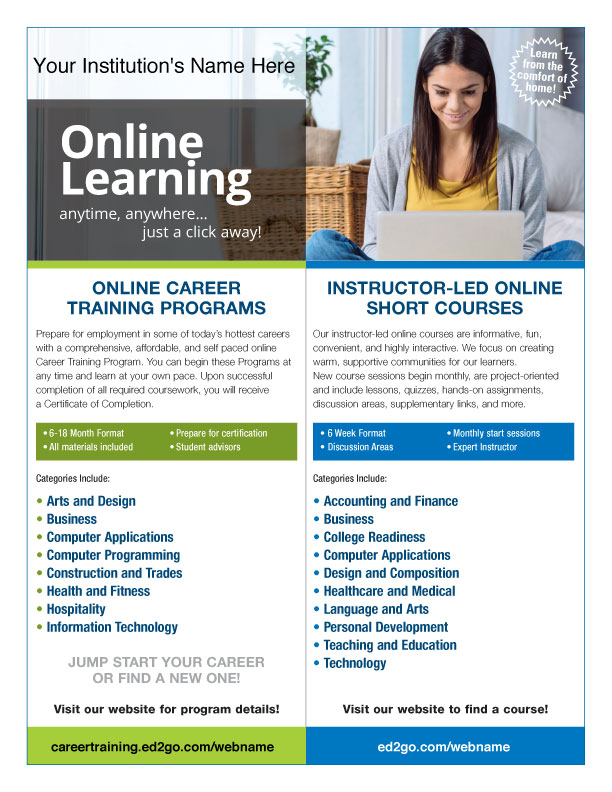 If the child's speech is replete with errors in word coordination, in syllable the structure of words or defects in sound pronunciation, should first of all contact a speech pathologist.
If the child's speech is replete with errors in word coordination, in syllable the structure of words or defects in sound pronunciation, should first of all contact a speech pathologist.
7. Mastery Reading requires a lot of mental and physical stress from the child. Therefore, in each lesson, be sure to combine training exercises with warm-ups. (physical minute, finger gymnastics, outdoor game). nine0003
8. A child is not miniature copy of an adult. The child has the right not to know and not to be able! Be patient!
9. Do not compare your child's progress with the progress of other children. The pace of mastering the skill of reading individual for each child.
10. For each There is an optimal way for a child to learn to read. Try to find precisely those techniques and methods of work that correspond to his individual features.
11. Never start classes if you or your child are in a bad mood: such classes will not bring success! nine0003
CHAPTER III CALENDAR AND THEME PLANNING LEARN TO READ
|
| Lesson topic | Purpose of the lesson | Reading skills |
| 1 | "Introduction to sounds" | speech development and phonemic hearing of preschoolers | Preparation preschoolers to the perception of sounds and letters of the Russian language; formation motivation to study |
| 2 | "Meeting of Sound and Letters» | improvement of fine motor skills of fingers of preschoolers | |
| 3 | "Sound and letter "A""
| nine0002 acquaintance preschoolers with the letter "A" | development phonemic representations; fixing the correct articulation of the studied sounds |
| 4 | "Sound and letter "U" | formation at children of persistent ideas about the letter "U". | |
| 5 | "Combination "AU"" | nine0752 Read combination "AU" | |
| 6 | "Combination" UA "" | Fastening skills and abilities of sound-syllabic analysis and synthesis | Synthesis of sounds [U] and [A] |
| 7 | "Sound and letter "O" | familiarity with the sound and the letter "O", improvement articulatory motility
| development phonemic representations; fixing the correct articulation of the studied sounds |
| 8 | "Sound and letter "I" | improvement of articulatory motility, development intonation side of speech
| |
| 9 | "Combination" IA "" | Development of skills in sound-syllabic analysis and synthesis, improvement of fine motor skills of fingers | Synthesis of sounds [I] and [A] |
| 10 | "Sound and letter "Y"" | introduce preschoolers to the letter "Y" | Development phonemic perception; fixing the correct pronunciation of sounds |
| 11 | "Sound and letter "E" | to form ideas in children about the sound and the letter "E" | |
| 12 | "Sounds [M] and [M'], letter "M""
| teach preschoolers the correct pronunciation of sounds [M] and [M'], distinguishing the letter "M" | Reading syllables: um, um, om, im, um, um Reading words: mind, mom, past, mu-mu |
| 13 | "Sounds [B] and [B'], letter "B""
| to form ideas of preschoolers about the sounds [B] and [B'], introduce the letter "B" | Reading syllables: ba, bo. Reading words: boom, boom, boom, boom
|
| 14 | "Sounds [P] and [P'], letter "P""
| to form ideas in children about the sounds [P] and [P'], their graphic designation | Reading syllables: up, op, up, yp, ep, sp. Reading words: dad, cougar, pima |
| 15 | "Sounds [Ф] and [Ф'], letter "Ф""
| introduce preschoolers to the sounds [F] and [F'], with denoted by their letter "F". | Reading syllables: fa, fo, fu, fu, fe, phi Reading words: Thomas, Fima, fifa, myth, puff, Ufa, myths |
| 16 | "Sounds [B] and [B'], letter "B""
| to teach preschoolers to distinguish between sounds [B] and [B'], introduce the corresponding letter "B" | Synthesis of syllables: wa, wo, woo, you, ve, vee Synthesis of words: willow, alas, willow, Vova, Vova, pava, you |
| 17 | "Sounds [T] and [T'], letter "T""
| introduce preschoolers to the sounds [T] and [T'], the graphic symbol corresponding to these sounds | Reading syllables: at, from, ut, yt, et, it nine0002 Reading words: : boots, bit, cotton wool, Tim, photo, Tata, Tom, mats, this, those |
| 18 | "Sounds [D] and [D'], letter "D""
| to teach children to distinguish between sounds [D] and [D '], form ideas about the letter "D".
| Reading syllables: yes, do, do, do, do, do Reading words: houses, date, oaks, Dima, water, lady, thought, fashion, ode, go |
| 19 | "Sound [Н], [Н'] and letter" Н ""
| introduce preschoolers to the sounds [Н] and [Н'], the letter "H" | Synthesis of syllables: en, he, un, eun, en, in Synthesis of words: Nata, Nina, mina, tina, pony, pan, tone, us, don, fog |
| 20 | "Sounds [K] and [K'], letter "K""
| form ideas about the sounds [K] and [K'], the letter "K" | Reading syllables: ak, uk, ok, yk, ek, ik Reading words: Kapa, flour, Kama, kuma, Cuba, poppies, cinema, where, pile, Nika |
| 21 | "Sounds [G] and [G'], letter "G""
| teach children to distinguish between sounds [G] and [G '], fix submissions about the letter "G" | Synthesis of syllables: ha, go, gu, gee, ge, gi Synthesis of words: eider, lip, lips, years, legs, nougat, goga, paper, hammock, gam |
| 22 | "Sounds [X] and [X'], letter "X""
| introduce preschoolers to the sounds [X] and [X'], with their graphic designation - the letter "X" | nine0002 Reading syllables: ah, ooh, ooh, ooh, ooh, of them Reading words: hut, fly, quiet, perfume, ear, ear, echo, moss, laughter, trunk |
| 23 | "Sounds [C] and [C'], letter "C""
| to form children's ideas about the sounds [С] and [С'], about their graphic symbol - the letter "C" | Synthesis of syllables: sa, so, su, sy, se, si Reading words: owls, beads, owl, sleigh, braids, noses, gardens, kitty, juices, geese |
| 24 | "Sounds [З] and [З'], letter "3"
| introduce preschoolers to new sounds [З] and [З '], denoted by their letter - "З" | Reading syllables: for, zu zo, zy, ze, zi Reading words: teeth, basins, goats, vase, lawn, bison, music, lowland, mimosa, Zina |
| 25 | nine0752 to form preschoolers' ideas about sound and letter "SH" | Synthesis of syllables: sha, shu, sho, she, shi Reading words: steps, spikes, tire, fur coat, Masha, Dasha, Misha, hat, mouse, reeds | |
| 26 | "The sound and the letter" Zh ""
| to form ideas of preschoolers about sound and letter "AND".
| Reading syllables: zha, zhu, zho, zhi, zhe Synthesis of words: toad, knives, skin, I see, I walk, harvest, pajamas, leaders, leader, wait |
| 27 | "Sound and letter "Ch""
| teach preschoolers the correct pronunciation sounds [Ch], the synthesis of syllabic combinations containing the studied sound | Reading syllables: ach, och, uch, ech, ich Reading words: tea, watch, cloud, dacha, seagull, daughter, glasses, barrel, chizhik, barrel |
| 28 | "Sound and letter "C""
| introduce children to the sound and letter "C" | Synthesis of syllables: ats, ots, uts, ets, yts, ts Synthesis of words: sheep, sheep, chicken, cash, clatter, hoe, cicada, scurvy, zinc, titmouse |
| 29 | "Sound and letter" Sh ""
| to teach preschoolers the synthesis of syllabic combinations, containing the sound "Щ" | Reading syllables: ash, osh, usch, esch, ysh, ish Reading words: soup, look, food, pike, squeak, vegetables, drag, drag, treat, looking for |
| 30 | "Sounds [L] and [L'], letter "L""
| introduce children to the sounds [L] and [L '], denoted by their graphic symbol - the letter "L" | Reading syllables: al, st, ol, el, yl, il Reading words: lacquer, llama , paw, magnifying glass, moon, puddle, soap, shovel, shelf, lily of the valley |
| 31 | "Sounds [P] and [P'], letter "P""
| to teach preschoolers the synthesis of syllabic combinations, containing sounds [Р] and [Р'] | Synthesis of syllables: ra, ro, ru, ry, re, ri Synthesis of words: hands, rose, slaves, wound, road, thunder, crane, drum, rice, risk |
| 32 | "Sound and letter "Y""
| to introduce preschoolers to the sound and letter "Y" | Reading syllables: ai, ouch, ouch, hey, ouch, ouch Reading words: give, bark, t-shirt, cod, bunny, jay, Zoyka, wash, bike, husky |
| 33 | Letter "E", Letter "Yo" | introduce children to the sound and the letter "E", "Yo" | Reading letter: "E" Reading words: eat, food, Eva, Egor, foam, Vera, sky, hay, feather, forest. Reading words: hedgehog, ruff, Christmas tree, honey, flax, aunt, Syoma, Lenya, bangs, cauldron. |
| 34 | nine0752 to form ideas in children about the sound and the letter "I" | Letter: "I" Reading words: Yasha, Yana, meat, apple, pit, yacht, bright, clear, nanny, hawk. | |
| 35 | Letter "U" | to teach children to distinguish between the sound and the letter "U", synthesis syllable combinations containing this sound. nine0003 | Reading letter: "Yu" Reading words: yula, south, Julia, Nyura, skirt, Yura, hatch, union, Lyuba, yurt. |
| 36 | "Letters [b] and [b]"
| to form persistent ideas among preschoolers about letters [b] and [b] | Reading words (with "b"): stump, mother, pain, swamp, lynx Reading words (with "b"): ate, drove in, drove up, drove around, ate | Realization

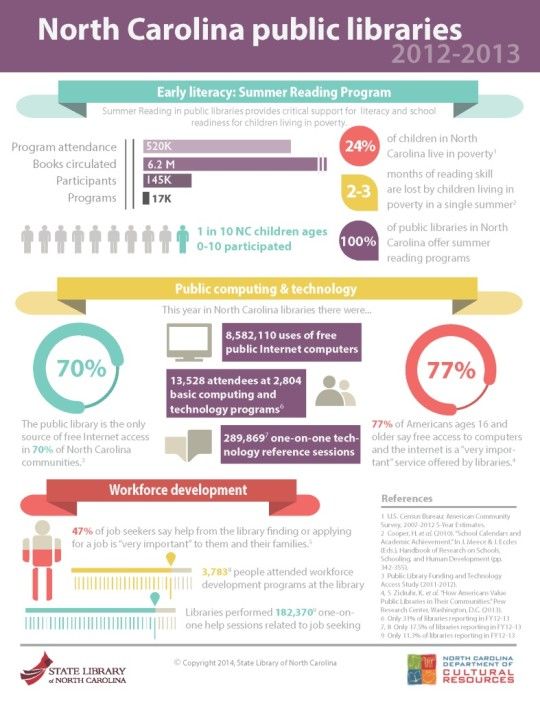
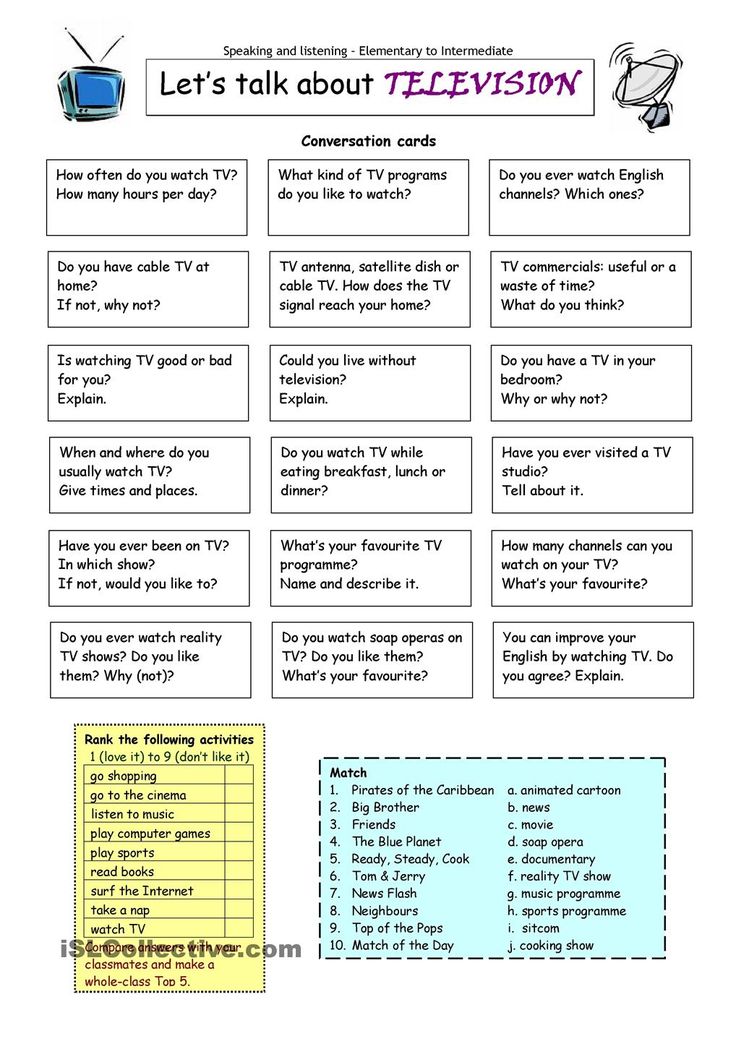 boo, bae, would, bi
boo, bae, would, bi 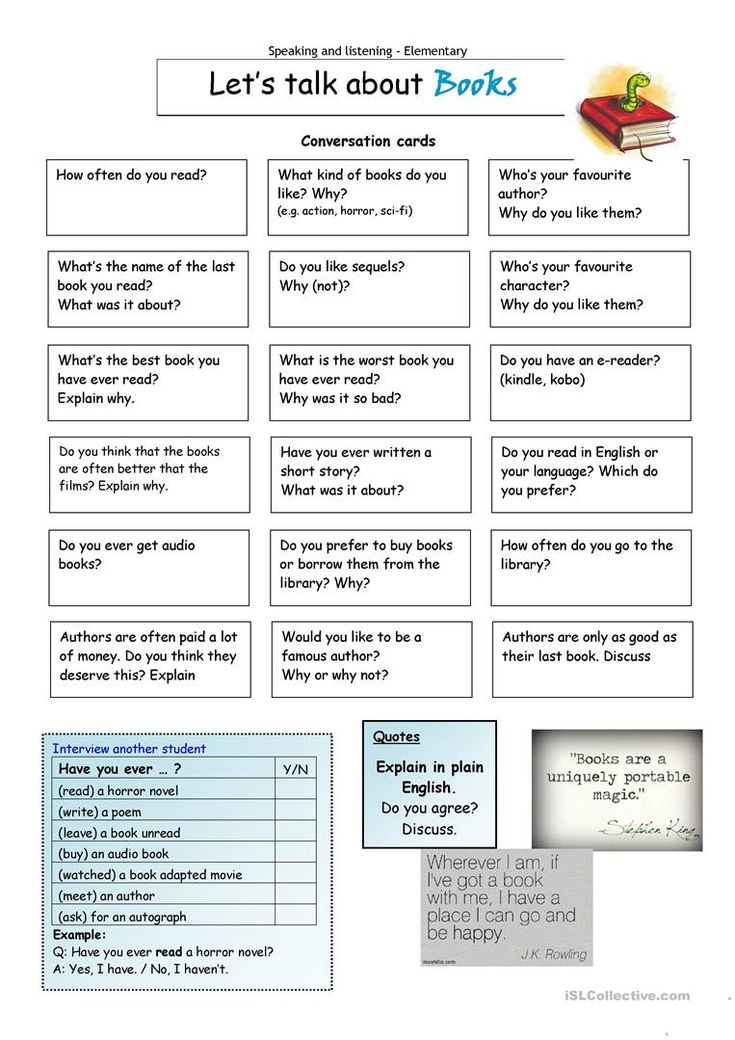
 nine0003
nine0003 
 nine0003
nine0003 
